
15 JUNE - 16 JULY

15 JUNE - 16 JULY
112 WESTBOURNE GROVE, W2 5RU
Maddox Gallery is delighted to present The Art of Printmaking, a dynamic exhibition showcasing the different print techniques used by leading artists from the 20th and 21st centuries. Running from mid-June to mid-July, the exhibition maps the medium’s era-defining moments, including Andy Warhol’s famed silk-screen prints, Russell Young’s large-scale diamond-dusted prints, David Yarrow’s photographic archival pigment prints and Banksy’s worldrenowned screen prints.
Printmaking was pioneered by Andy Warhol, who popularised it as a medium for creating art in the 1960s. Screen printing quickly became a key element in the practice of many creatives during the 20th century, enabling artists to replicate a single image multiple times and experiment with innovative new ways of transferring images. Decades later, Banksy began printmaking because it allowed him to create his art quicker, making it more accessible to the public.
As the art market has evolved, the prints and multiples sector has grown exponentially, driven by its stability and availability. Original prints that would otherwise be out of reach by established names, living and dead, open the door to budding collectors who are eager to get on the art market ladder. Moreover, prints and works on paper translate well on-screen, with their two-dimensionality lending itself well to art’s ever-more-online presence.
From Pop to Street Art, the history of printmaking is not only a timeline of an artist’s work, but also a record of technological change and innovation within the art world. Printmaking allowed, and continues to allow artists to push themselves further, putting their stamp on art history with their ever-changing and evolving bodies of work.

15 JUNE - 16 JULY
112 WESTBOURNE GROVE, W2 5RU
ANDY WARHOL
BANKSY
RUSSELL YOUNG
DAMIEN HIRST
YAYOI KUSAMA
DAVID HOCKNEY
DAVID SHRIGLEY
HARLAND MILLER
KEITH HARING
ROY LICHTENSTEIN
BRIDGET RILEY
TERRY O’NEILL
DAVID YARROW
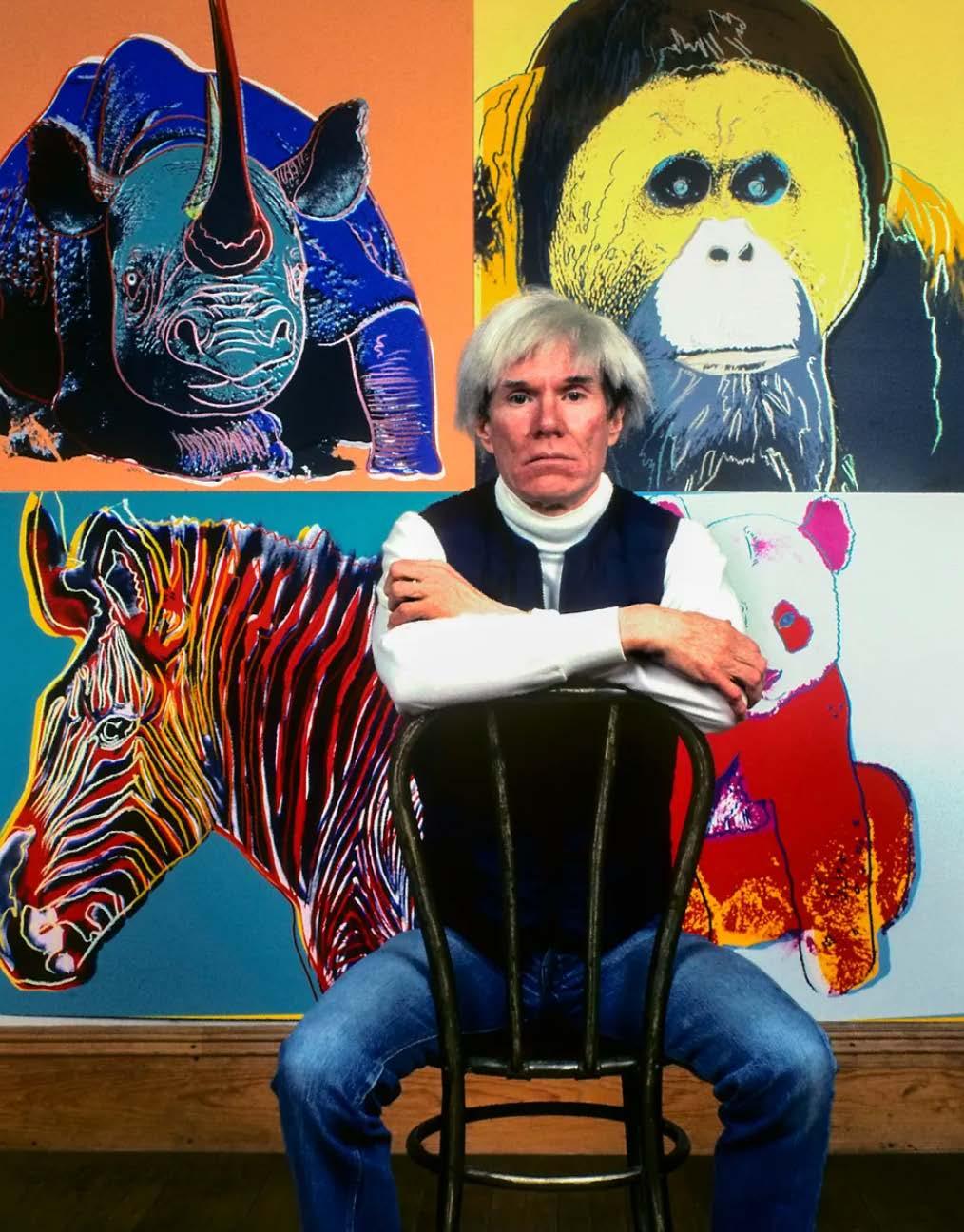
Getty Images
ANDY WARHOL
American artist Andy Warhol was a legendary figure of 20th century art and with a lasting influence on generations of artists, is widely considered to be the father of pop art. Engaging with themes including mass consumerism and the cult of celebrity through the subversive politics of his signature medium, the silk screen print, Warhol was known as much for his iconic public persona as his prolific artistic output. Immortalising subjects from the stars of the day, in his famous works Marilyn Diptych (1962) or Double Elvis (1963) to mundane items like soup cans, Warhol’s unique vision pervaded all aspects of contemporary American society and came to define visual culture for decades to follow.
Born in 1928 in Pittsburgh, USA, Andy Warhol was a child of Slovakian emigrants. He pursued his studies in commercial art at the Carnegie Institute of Technology before graduating in 1949 with a BA in Pictorial Design and settling in New York. He worked as a commercial illustrator for fashion magazines, experimenting with different methods of printmaking. It was not until the late 1950s when he was introduced to his trademark method of silk screen printing, allowing him to replicate images in different colours. Discovering silk screen printing led him to produce his first noteworthy works.
ANDY WARHOL
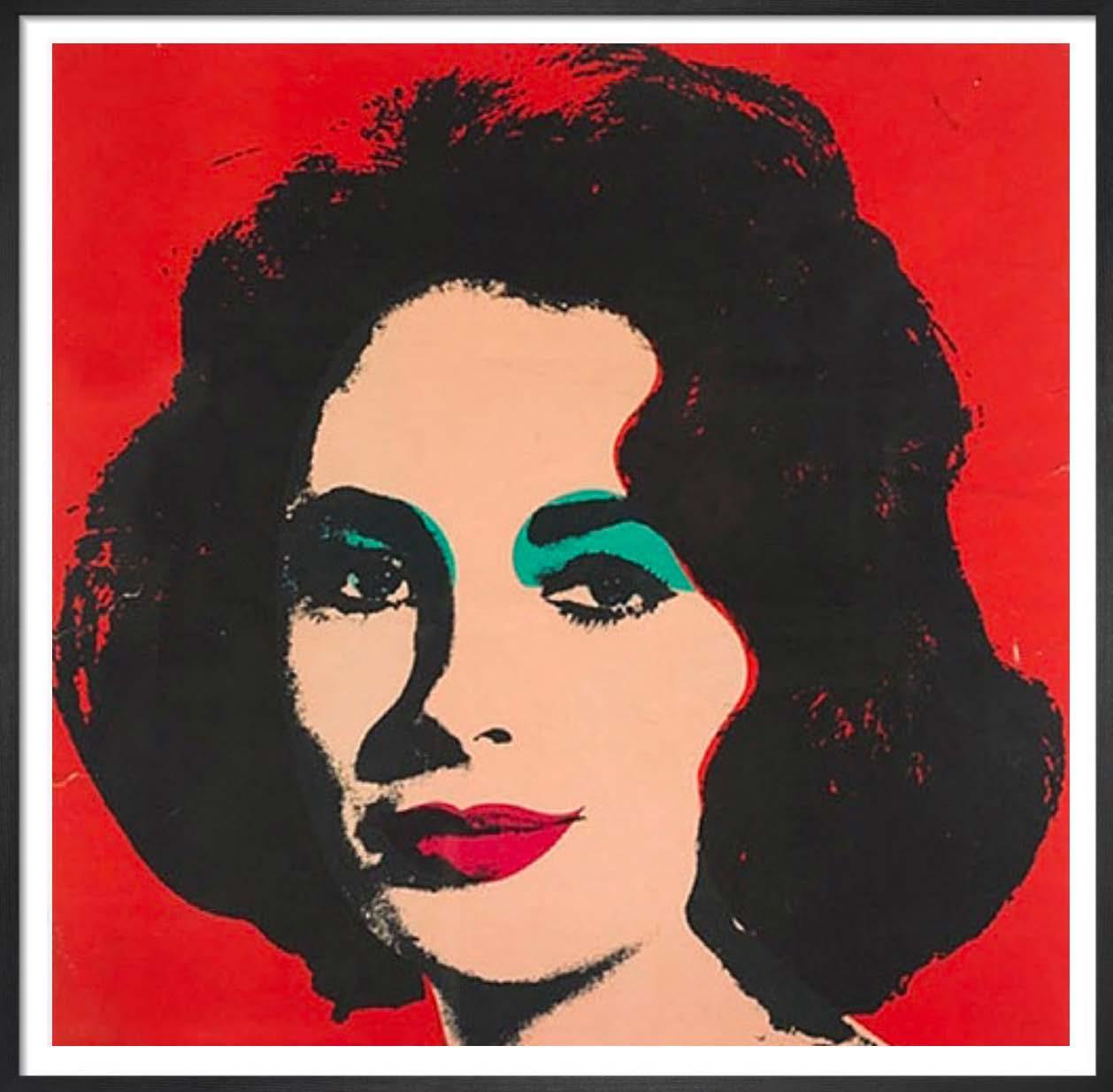
LIZ (F&S II.7), 1964
Offset Lithograph in Colours on Wove Paper
60 x 60 cm
Edition of 300
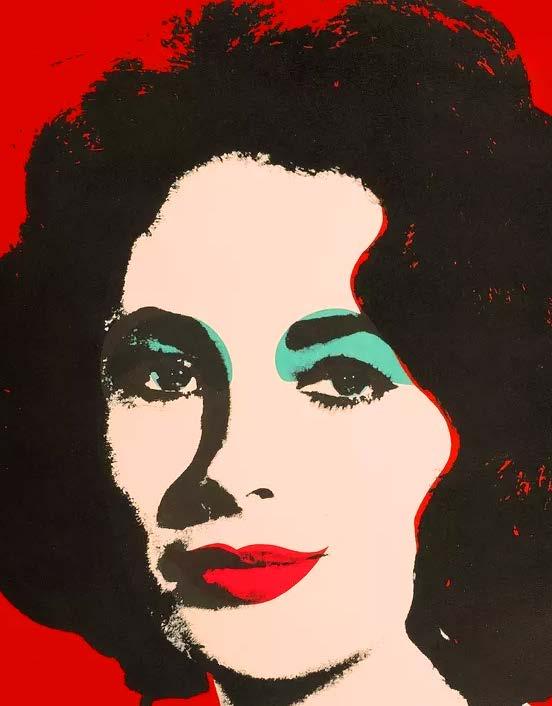

©streetartbio
BANKSY
Banksy first started creating street art in the early 1990s under the pseudonym ‘Robin Banx’. Quickly dropping this alias in favour of the shorter and more memorable moniker, ‘Banksy’, the artist began his career close to home in Bristol, England. Immersing himself in graffiti culture, he started spray-painting walls across the Southwest of England. With graffiti being considered vandalism as opposed to art at the time, Banksy was soon subject to close encounters with the law and at the age of 18, was nearly apprehended by police whilst spray-painting a train in Bristol. To avoid being caught in the future, Banksy knew that he had to devise a quicker method of creating his art. Stencilling presented a practical solution for creating and replicating his work quickly, and soon his bold and iconic stencils defined his practice. On the topic of his method, Banksy reportedly said: “As soon as I cut my first stencil I could feel the power there. I also
like the political edge. All graffiti is low-level dissent, but stencils have an extra history. They’ve been used to start revolutions and to stop wars.” By 1999, Banksy had moved to London and was beginning to garner national attention. The unknown street artist was making waves, and comparisons to the graffiti greats Jean-Michel Basquiat and Keith Haring soon began to circulate. In 2001, Banksy had his first ‘exhibition’ in Rivington Street, where he and a few fellow artists created a makeshift gallery space in a convened tunnel. However, it was not until July 2003 that Banksy truly had his breakout show. Titled ‘Turf-War’ and hosted in a former warehouse in Hackney, the show was the first of many to astonish the London art scene. Over time, Banksy’s continued success led to the re-positioning of street art as a widely accepted form of contemporary art.
BANKSY

I FOUGHT THE LAW (UNSIGNED), 2004
Screenprint in Colours

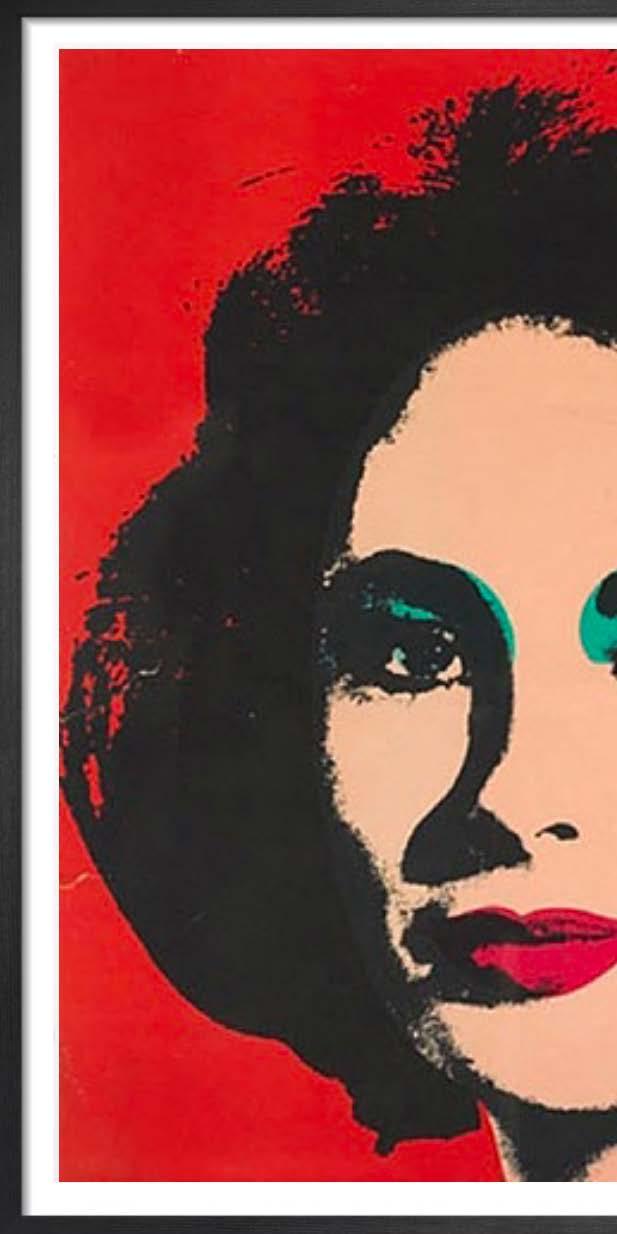
70 x 70 cm
Edition of 500
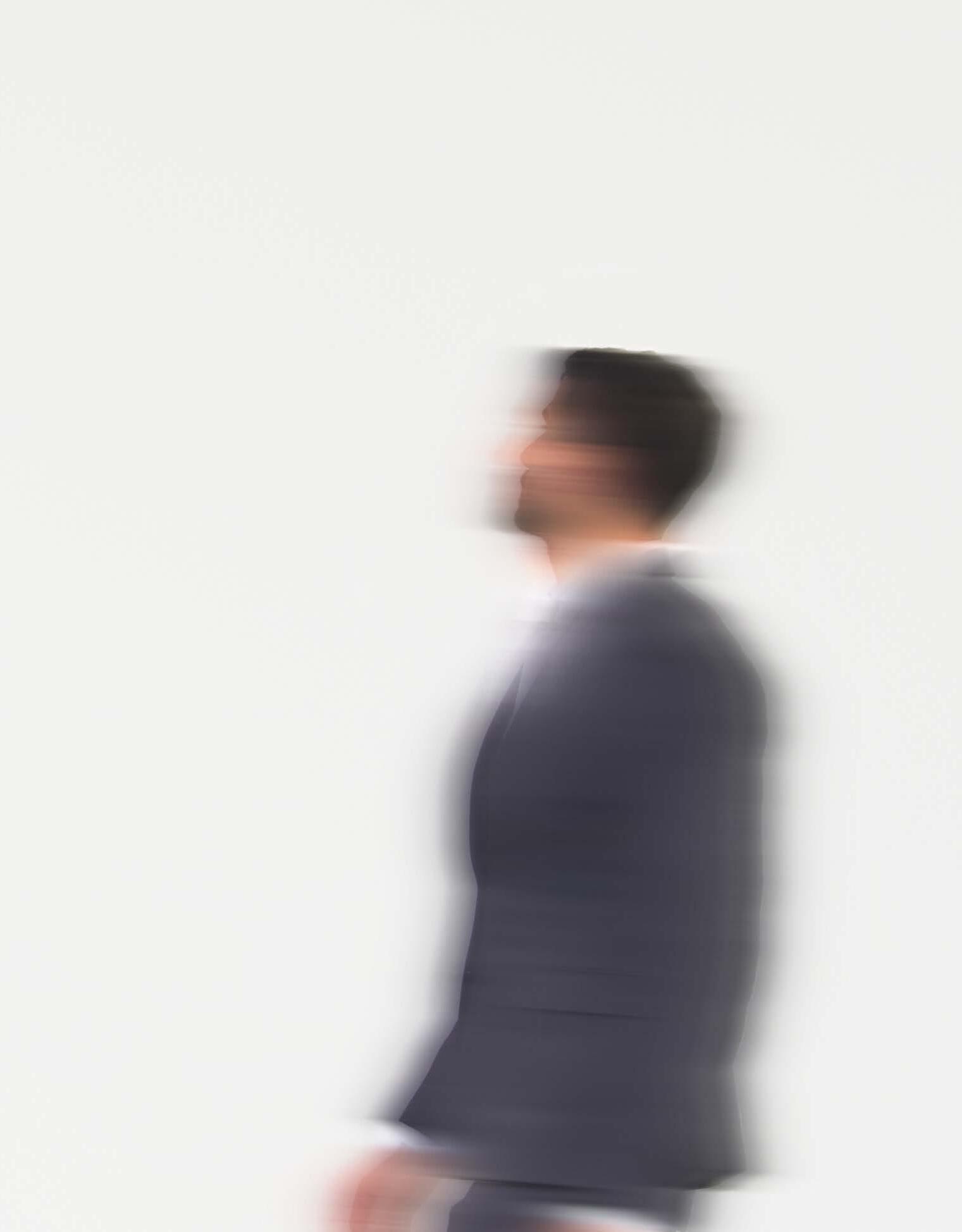
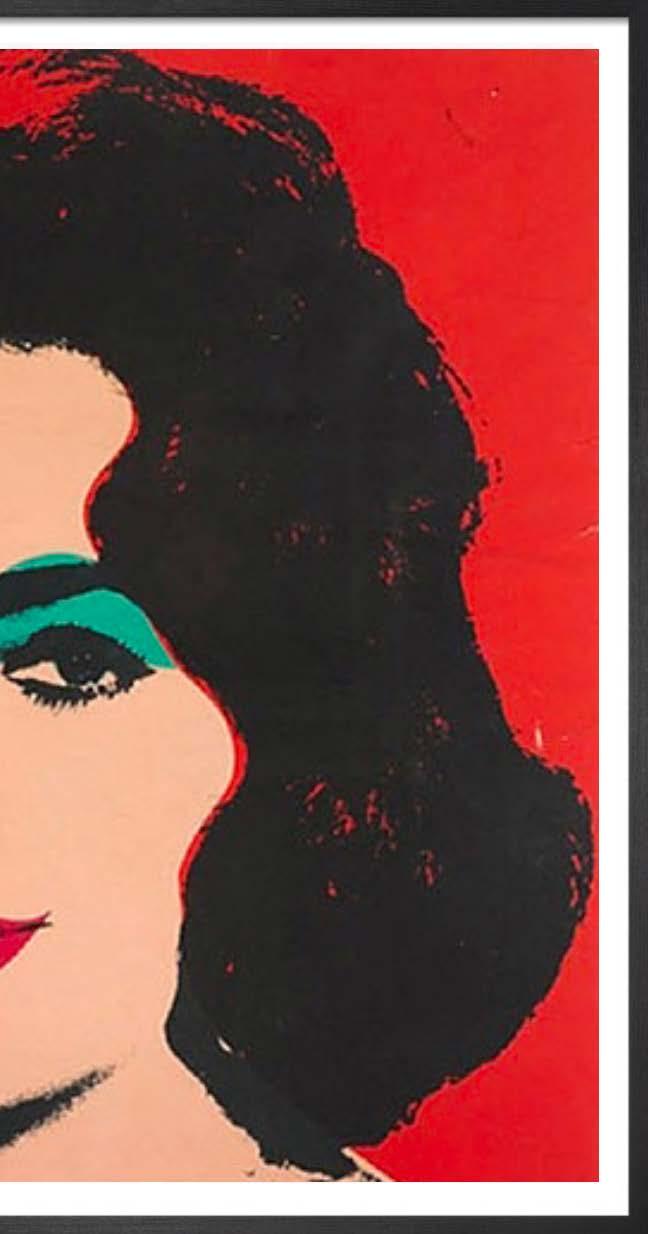
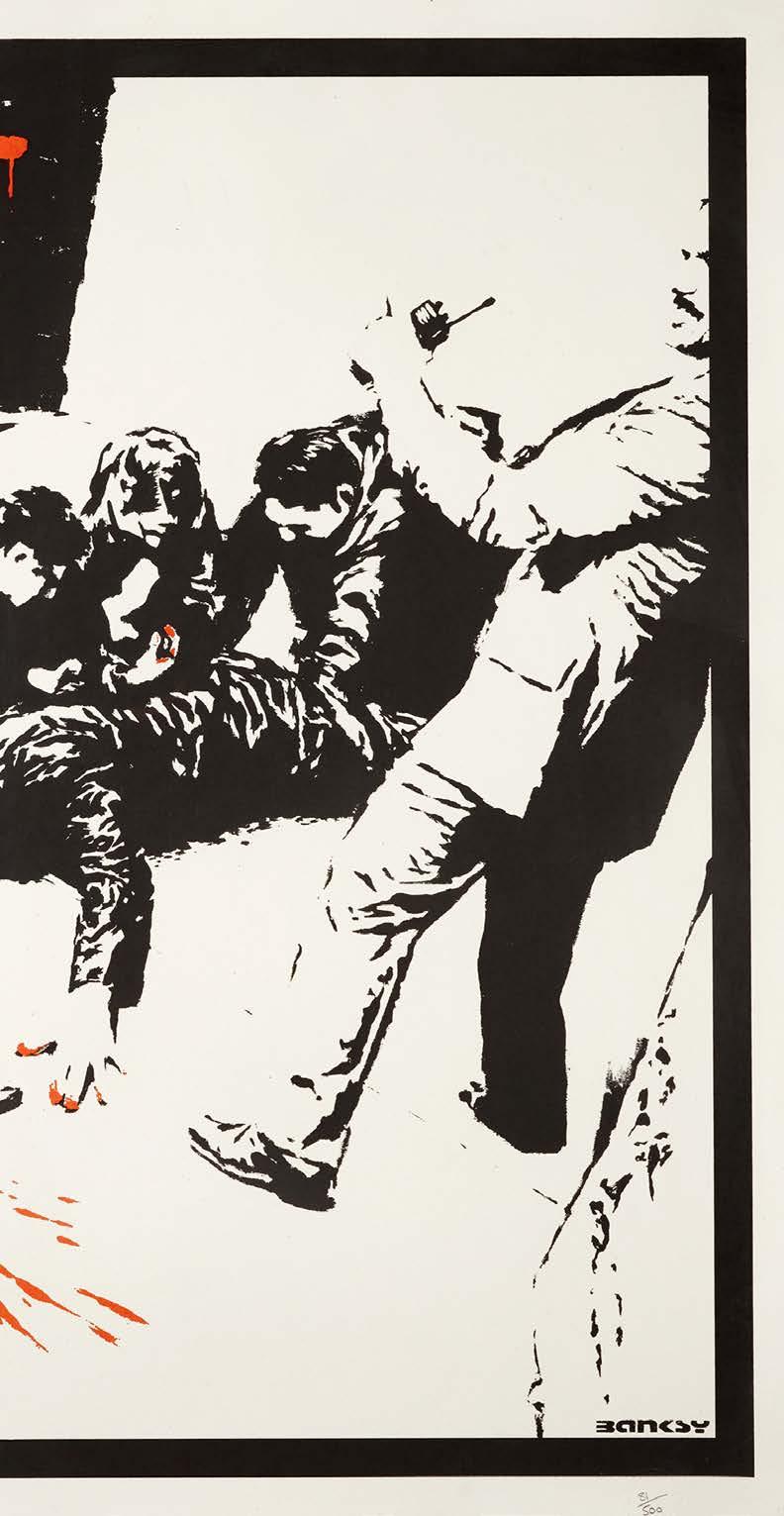
BANKSY


RUDE COPPER (UNSIGNED), 2002
Screenprint in Colours

58 x 42 cm
Edition of 250
BANKSY
BECAUSE I’M WORTHLESS (UNSIGNED), 2004


Screenprint in Colours

50 x 35 cm
Edition of 175
BANKSY
WESTON SUPER MARE (SIGNED), 2003
Screenprint on Paper 35 x 100 cm

Edition of 150

BANKSY
WELCOME TO HELL (UNSIGNED), 2004

Screenprint in Colours

50 x 35 cm
Edition of 75
BANKSY
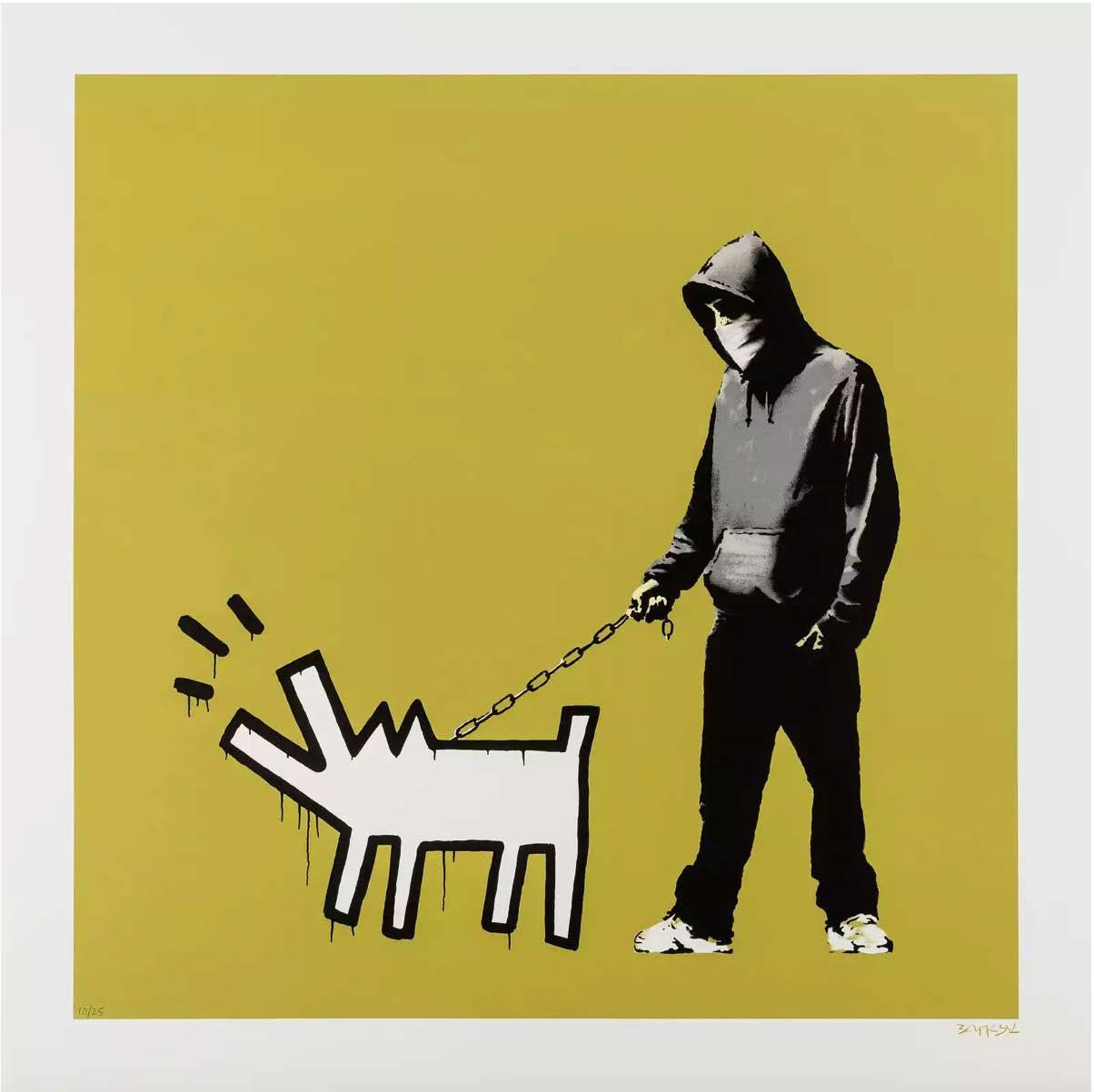

CHOOSE YOUR WEAPON (OLIVE) SIGNED, 2010
Screenprint in Colours

70 x 70 cm
Edition of 25
BANKSY

LAUGH NOW (UNSIGNED), 2003
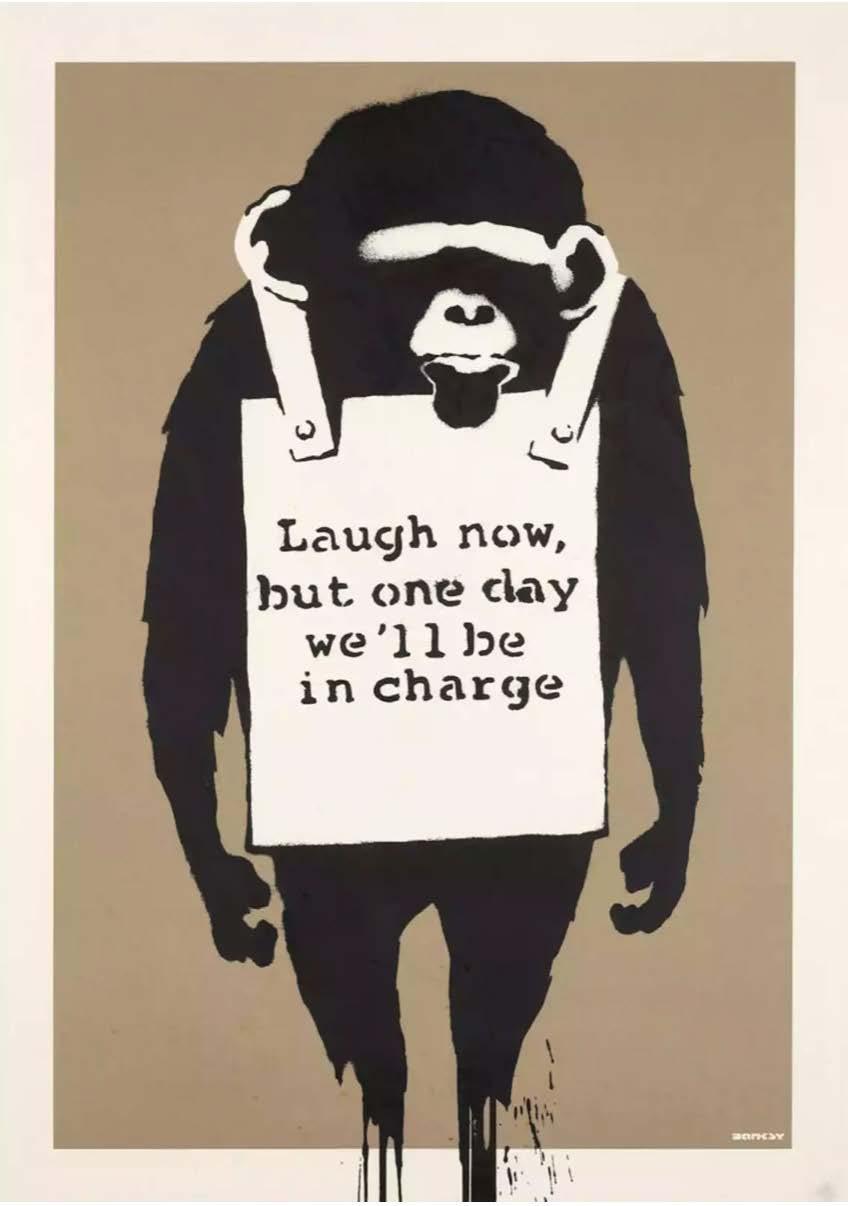

Screenprint in Colours

70 x 50 cm
Edition of 600
BANKSY
CND SOLDIERS (UNSIGNED), 2005

Screenprint on Paper

70 x 50 cm
Edition of 350
BANKSY
LOVE RAT (UNSIGNED), 2004

Screenprint in Colours

50 x 35 cm
Edition of 600


BANKSY
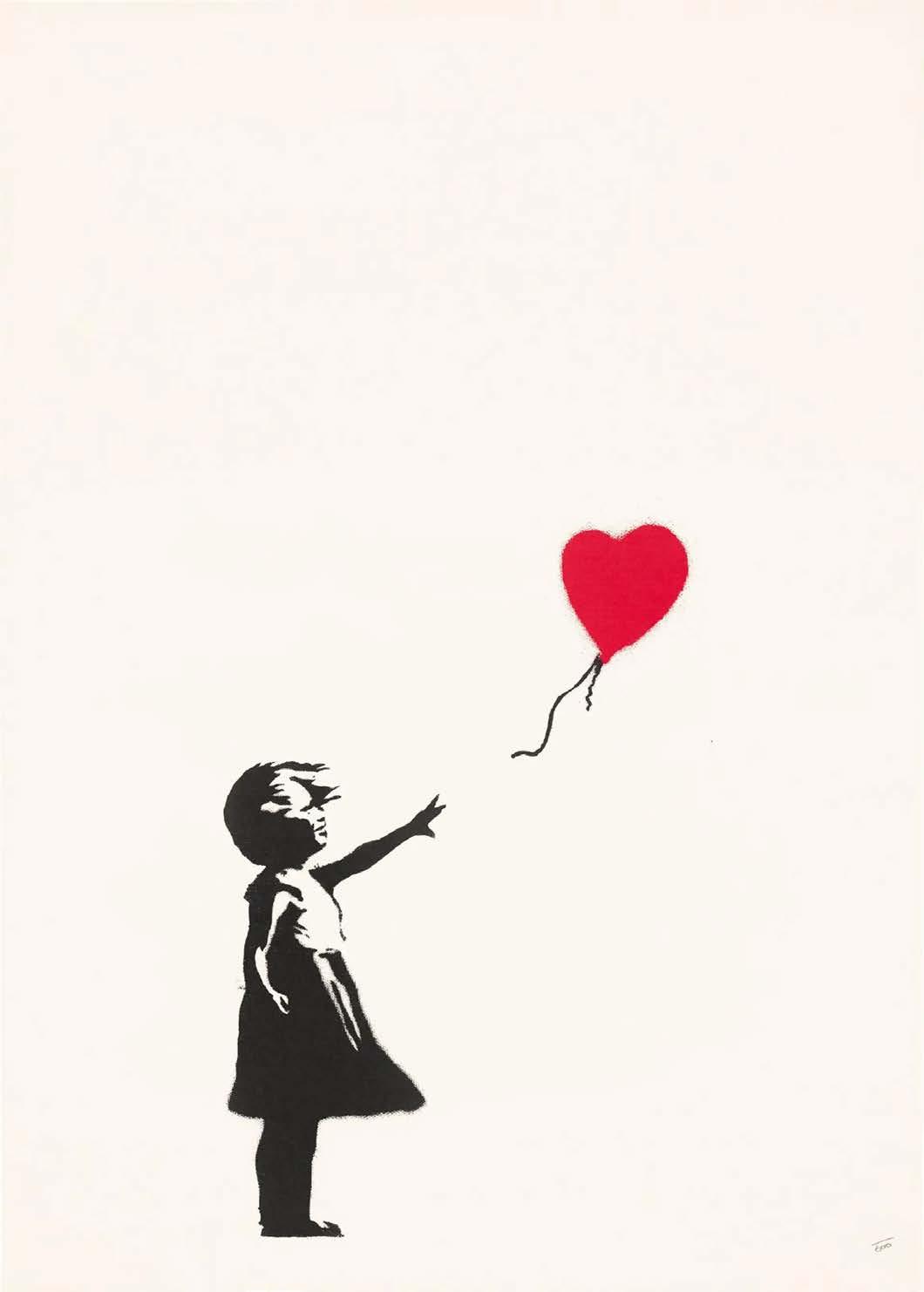
GIRL WITH BALLOON (UNSIGNED), 2004

Screenprint in Colours

70 x 50 cm
Edition of 600
BANKSY DONUTS (CHOCOLATE) SIGNED, 2009
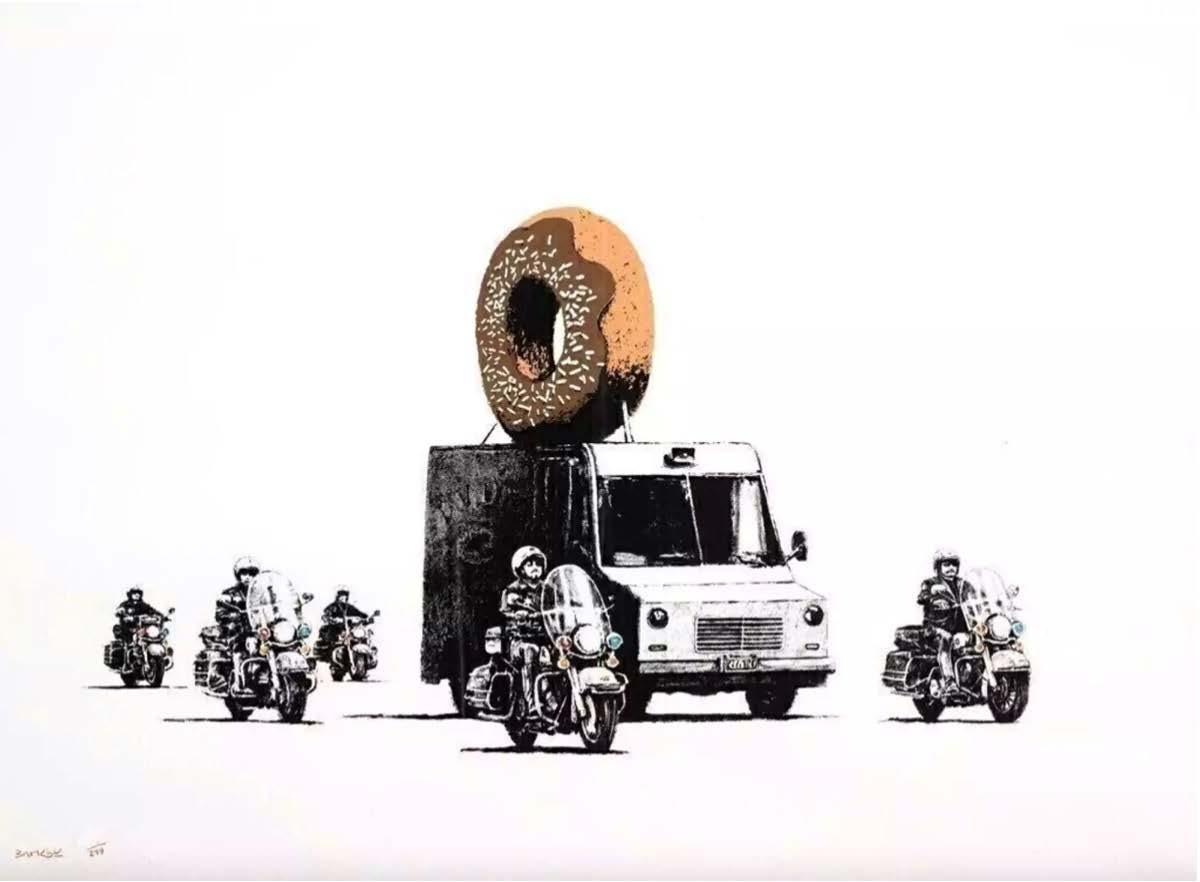
Screenprint in Colours

56 x 76 cm
Edition of 299

BANKSY MORONS (WHITE) UNSIGNED, 2007

Screenprint in Colours

56 x 76 cm
Edition of 500
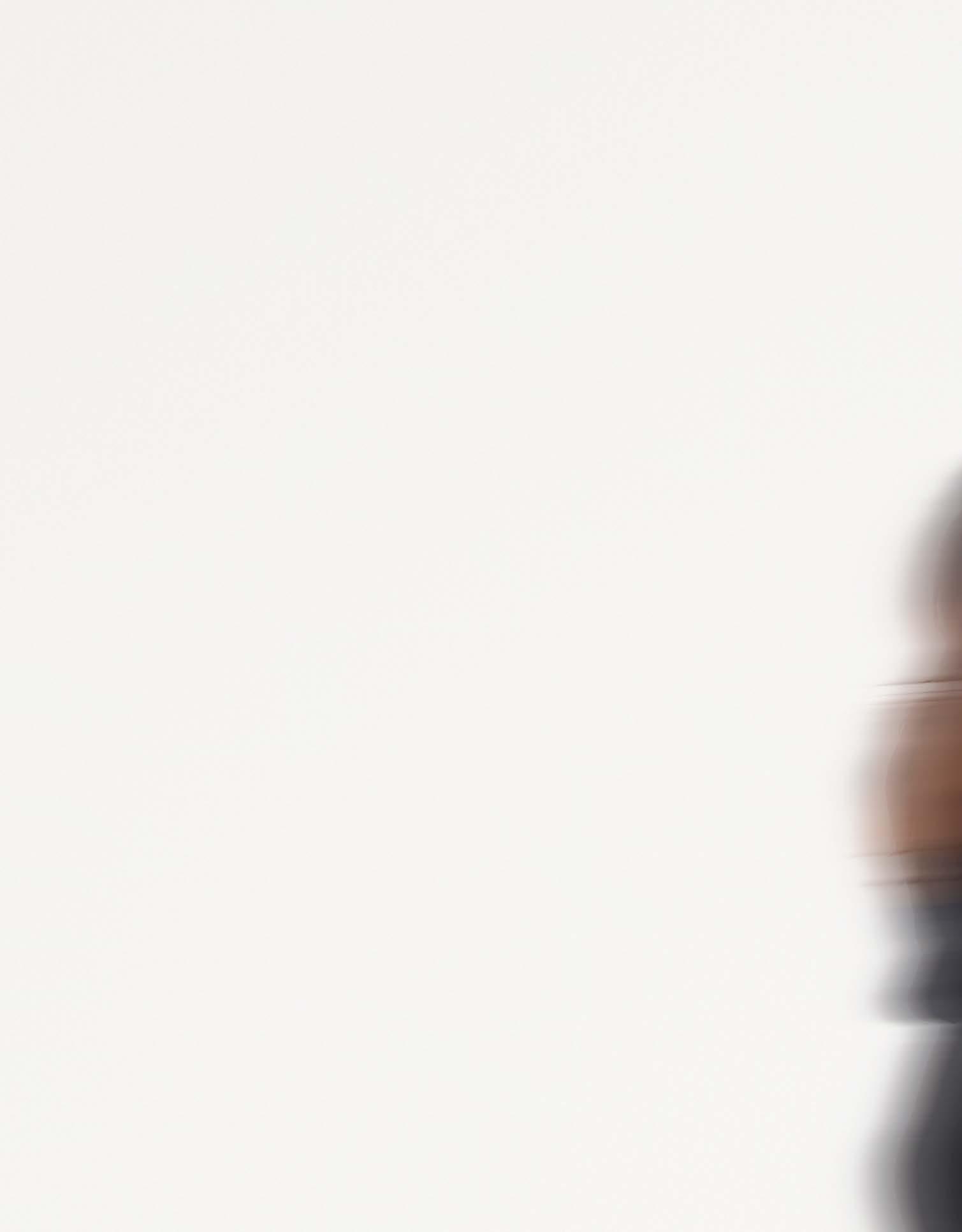
BANKSY GRANNIES (SIGNED), 2006

Screenprint in Colours

57 x 76 cm
Edition of 150

BANKSY
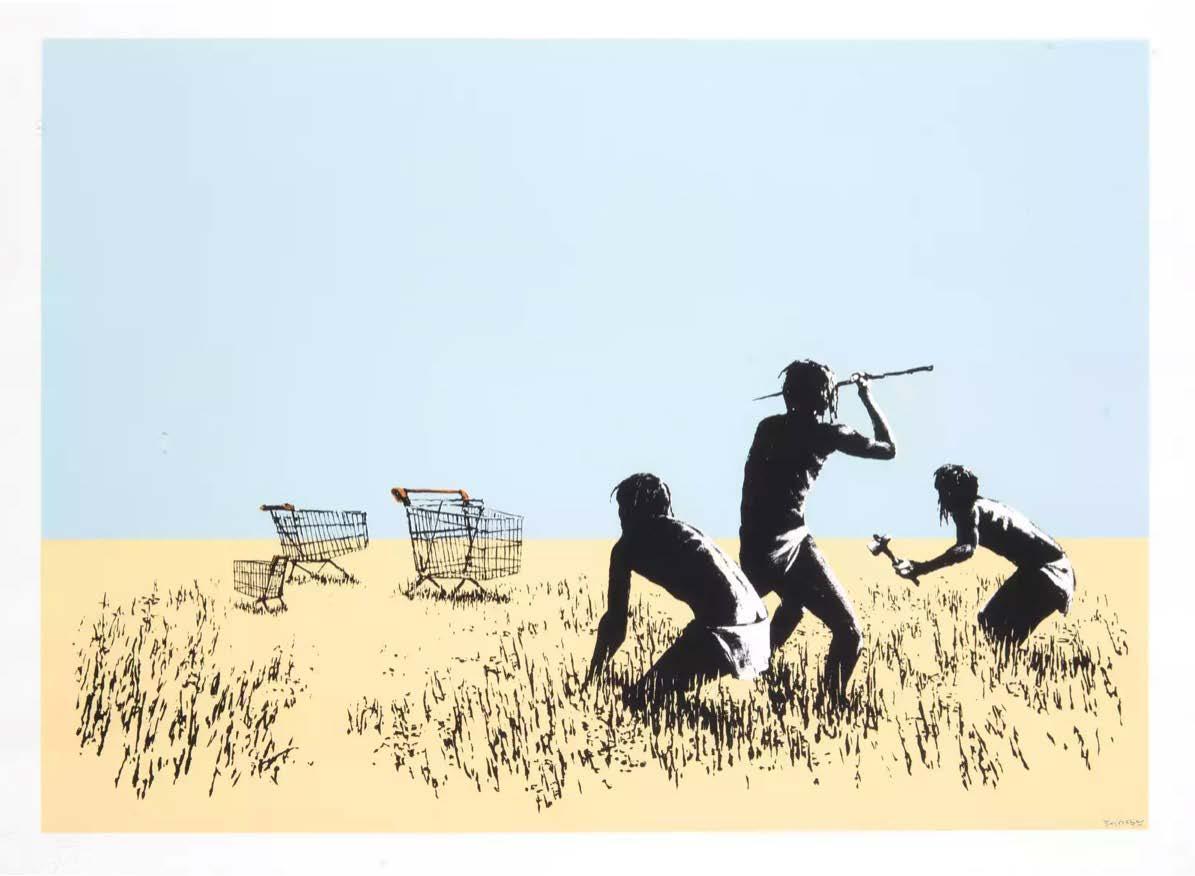


TROLLEY HUNTERS (BETHLEHEM EDITION) SIGNED, 2007
Screenprint in Colours

52 x 72 cm
Edition of 28

©maddoxgallery
RUSSELL YOUNG
Russell Young, born in 1959 in Yorkshire, is a BritishAmerican artist best known for his large scale silk screen paintings examining cultural icons, the nature of fame, and the souring of the American Dream. His earliest breakthrough was his photography of George Michael for the sleeve of the album ‘Faith’ in 1987. Young photographed many music stars throughout the 1970s and 1980s. Young eventually moved to California, where he began his current practice with his sold-out show ‘Pig Portraits’ in Los Angeles in 2003. The many series that have followed, including his ongoing ‘Heroes + Heroines’ and ‘WEST’, demonstrate his visceral, analogue processes and signature use of diamond dust. He has exhibited across the world in numerous galleries alongside
masterclass artists, institutions, and cultural figures. These include museum exhibitions at the Modern Art Museum Shanghai, Multimedia Art Museum Moscow, Cornell Art Museum, Polk Museum of Art, and the Goss-Michael Foundation. His genesis NFT debuted and sold on SuperRare in 2022. Young’s work is included in many prominent private and institutional collections including those of Elon Musk, Mark Zuckerberg, Barack Obama, David Bowie, Drake, Angelina Jolie, David Hockney, Brad Pitt, and others, as well as The Getty Collection in Los Angeles and The White House Collection in Washington, D.C. His works have crossed the auction block at many of the world’s major auction houses, including Sotheby’s, Christie’s, and Phillips.
RUSSELL YOUNG
MARILYN HOLLYWOOD - SILVER (PLATINUM BLONDE), 2021
Acrylic Paint, Enamel and Diamond Dust Screenprint on Linen 163 x 125 cm

Acrylic, Oil based ink and Diamond Dust Hand Pulled Screenprint on Linen
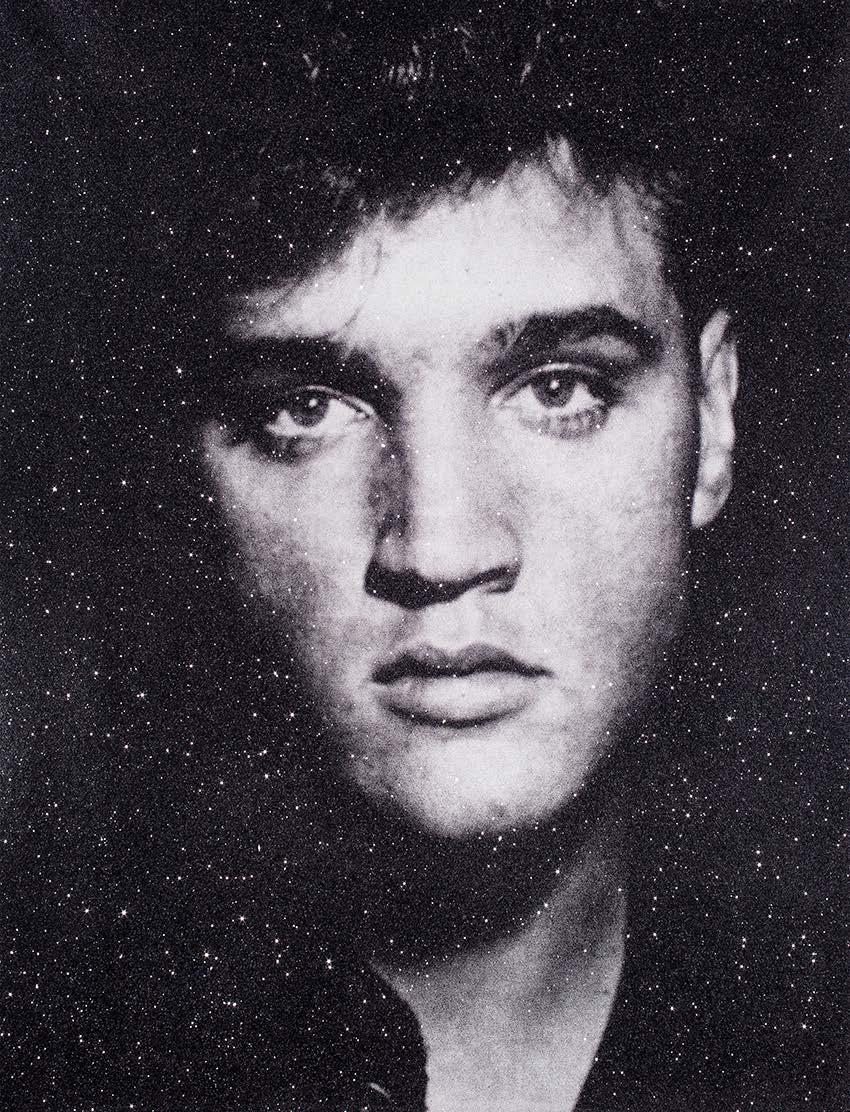 RUSSELL YOUNG ELVIS HEARTBREAK HOTEL - SNOW WHITE, 2022
163 x 126 cm
RUSSELL YOUNG ELVIS HEARTBREAK HOTEL - SNOW WHITE, 2022
163 x 126 cm
MARILYN
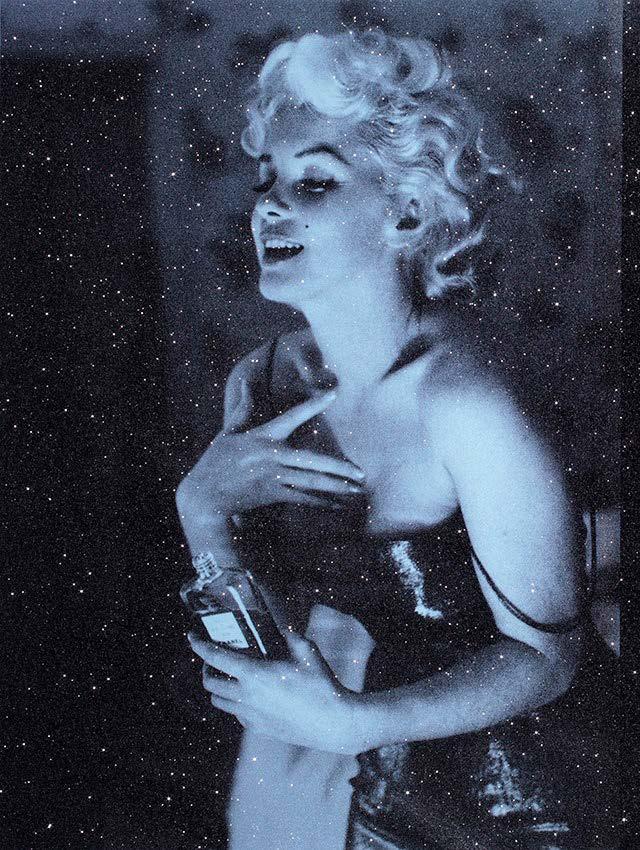

 RUSSELL YOUNG
CHANEL DIPTYCH - POWDER BLUE, 2022
Acrylic, Oil based ink and Diamond Dust Hand Pulled Screenprint on Linen 164 x 243 cm
RUSSELL YOUNG
CHANEL DIPTYCH - POWDER BLUE, 2022
Acrylic, Oil based ink and Diamond Dust Hand Pulled Screenprint on Linen 164 x 243 cm
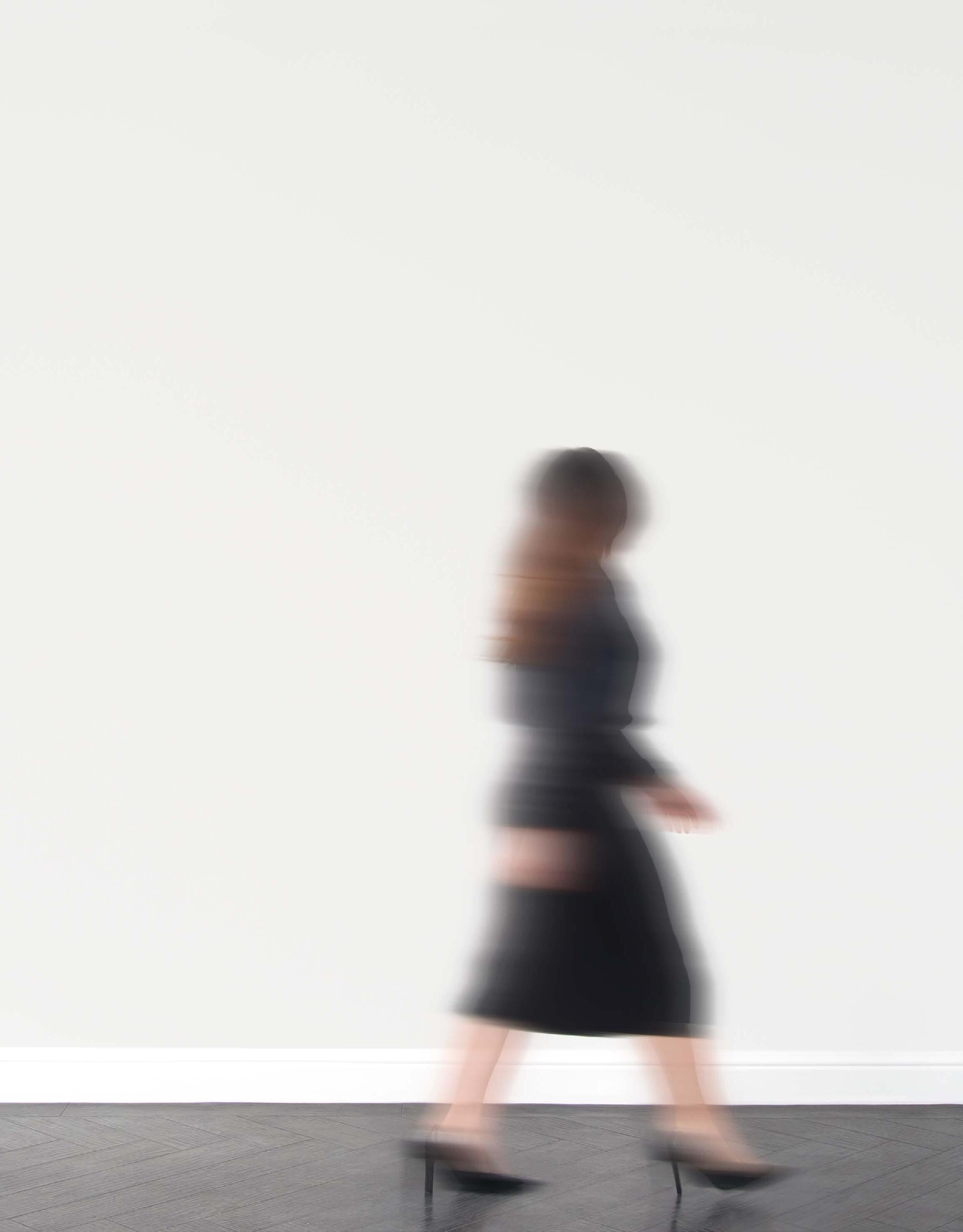
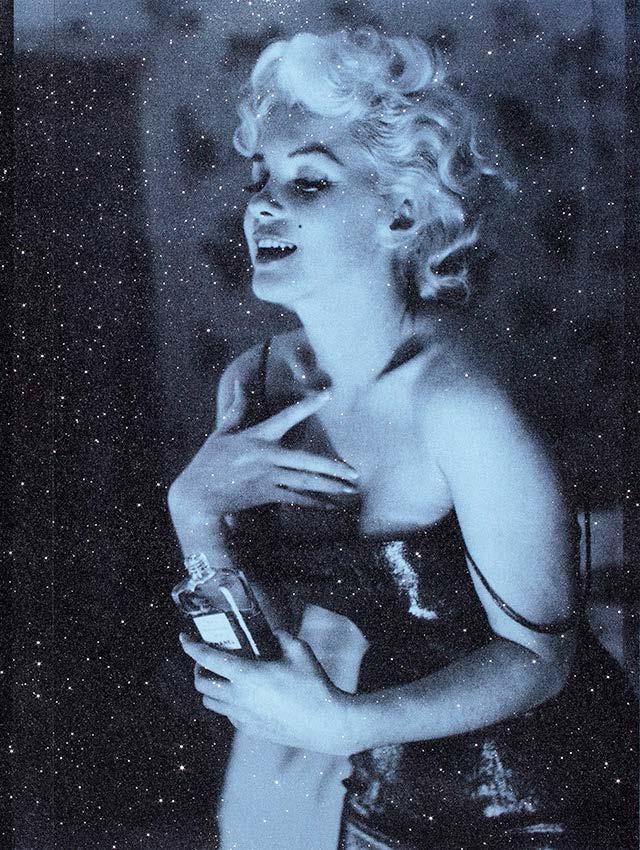
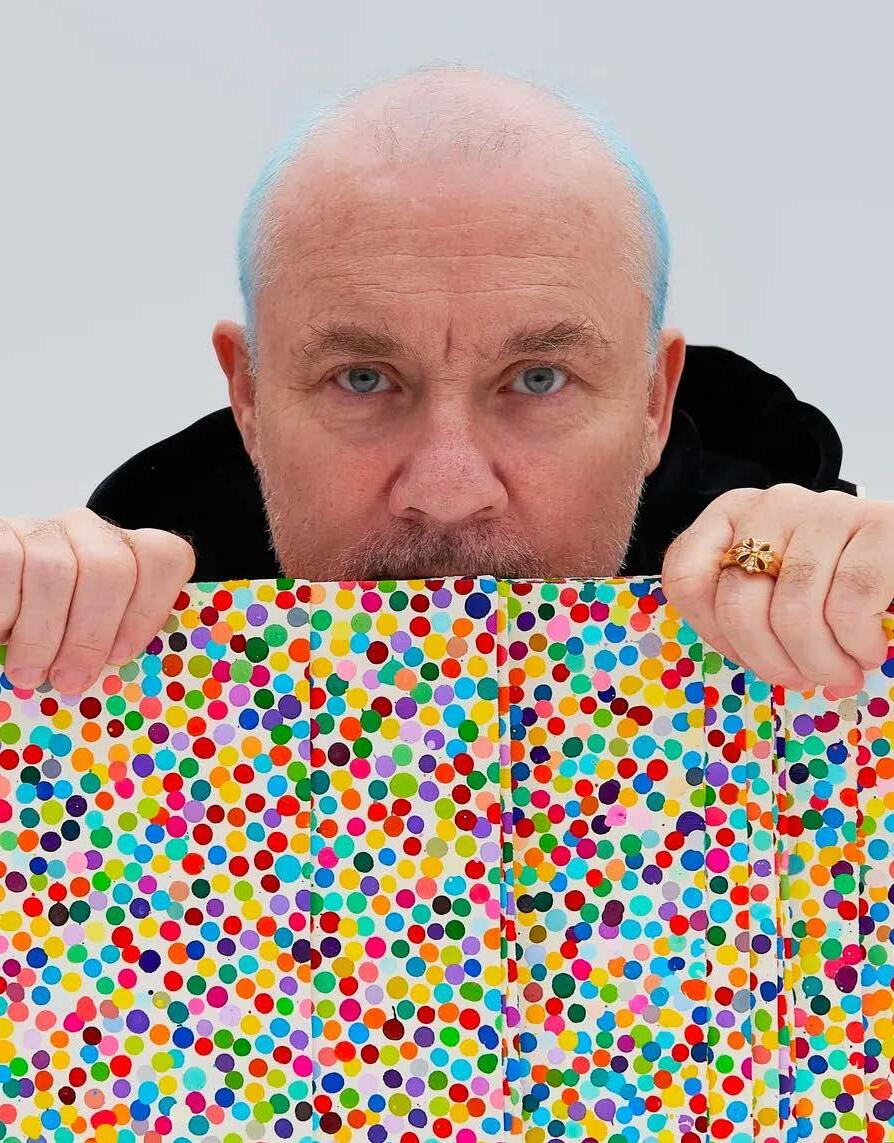
©
Damien Hirst and Science Ltd
DAMIEN HIRST
Rising to prominence in the early 1990s, Damien Hirst has come to define British modern art. Exploring death and science through his works, Hirst’s art both shocks and amazes. His works are challenging both visually and philosophically and continually push the very definition of art itself. From diamond-encrusted skulls to dissected cows, Hirst’s art is not only iconic but also utilises found objects, both living and dead, in a way that had never been seen. After finding early success at art school and becoming a leading light of the Young British Artists group, Hirst has continued to have a prosperous career and remains a trailblazer of the art world. Born in 1965 in Bristol, Hirst spent his childhood in Leeds. From a young age, Hirst developed a strong interest in the concept of death and continued to explore this throughout his childhood. By his teens, Damien was making regular visits to the anatomy
department of Leeds Medical School, practising life drawing and reconciling himself with the idea of his own eventual mortality. In 1984, Hirst moved to London, working in construction before attending Goldsmiths College to study Fine Art. Hirst’s move to the capital marked the beginning of his career, not only because of the work he was making but also because of the people he met for example, Sarah Lucas and Tracey Emin. Hirst has continued to intrigue and astonish throughout his career with diamond encrusted skulls and stained glass windows made from butterfly wings, proving that no medium is out of this artist’s reach. Since 1987, Hirst has had over 80 solo exhibitions and has participated in 260 group shows globally. Hirst continues to be one of the greatest provocateurs in recent art history, redefining everything we thought we knew about art.
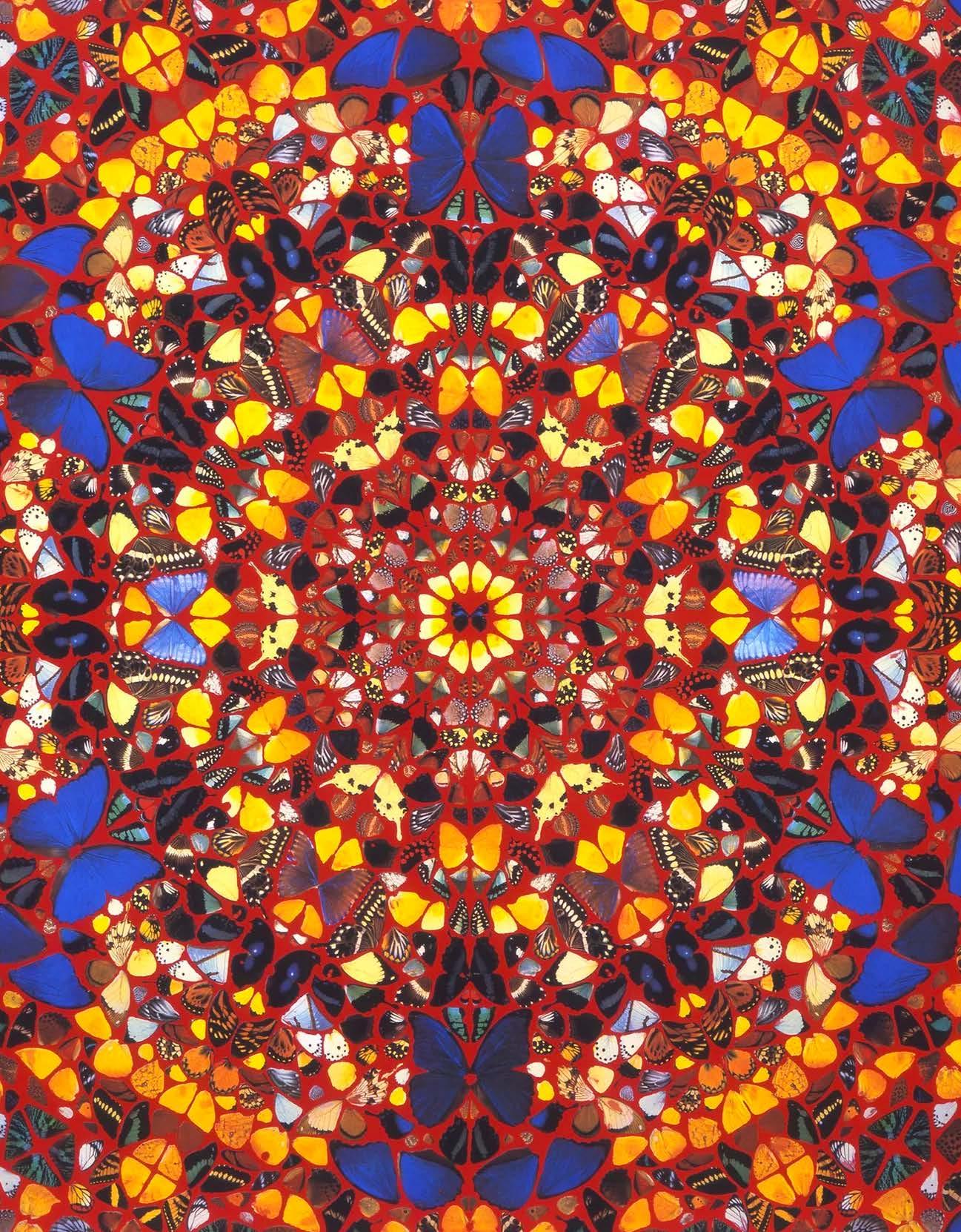
DAMIEN HIRST

CATHEDRAL COLLECTION (DUOMO), 2007
Screenprint with Glazes and Pearlised Colours, on Wove Paper 119 x 119 cm
Edition of 50

ETHIDIUM
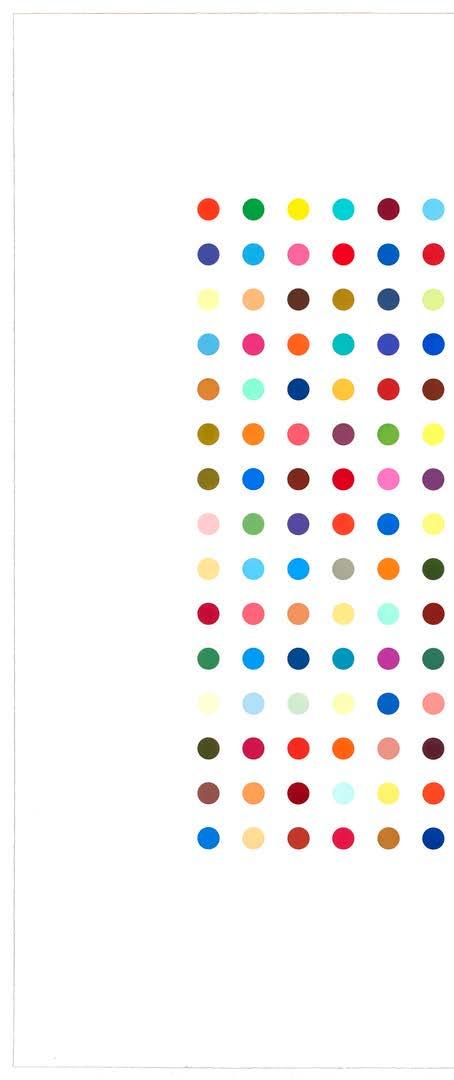

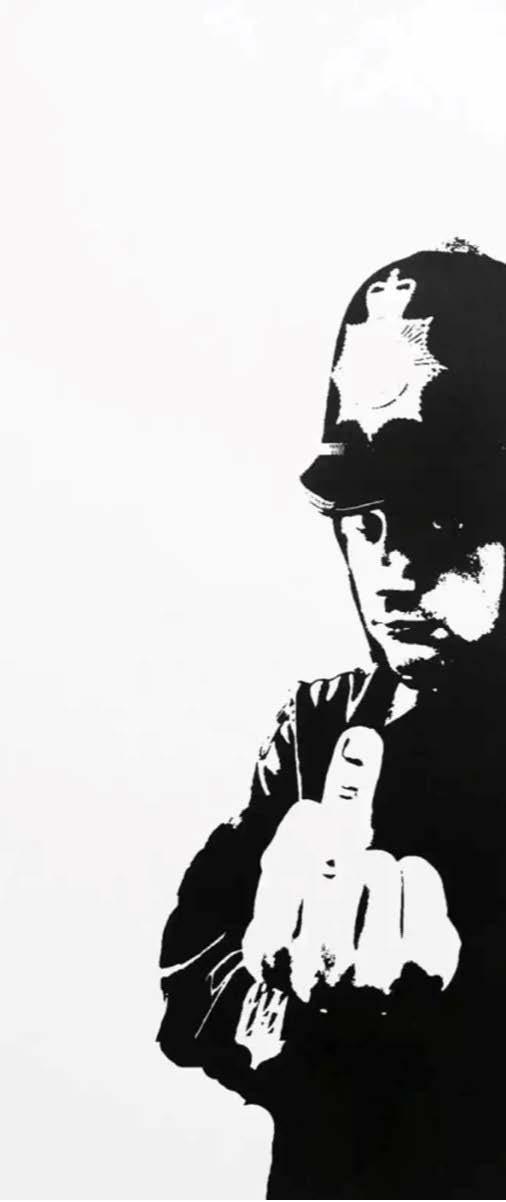
 DAMIEN HIRST
DAMIEN HIRST
Etching
100 cm
BROMIDE AQUEOUS SOLUTION, 2005
Spot
119 ×




©theguardian
YAYOI KUSAMA
Yayoi Kusama is one of the most famous artists living and working today with a prolific oeuvre spanning over painting, film, sculpture, poetry, installation and performance. As a pioneering figure of the New York avant-garde scene in the 1960s, Kusama’s work is rooted in a range of influences from Minimalism, Surrealism and Art Brut to pop art and Abstract Expressionism. Some key themes in her practice include feminism, sexuality, obsession, psychology and vibrant, psychedelic patterns. She is best known for her repetitive polka dot motif, covering entire paintings and sculptures in the iconic spots, reflected in her wellknown Dots Obsession series (1997 to present). She is also known for her large-scale immersive installations, that envelope the viewer in Kusama’s unique and entrancing visual world, a famous example being Fireflies on Water (2002).
Kusama’s artworks can be found in prestigious international museum collections, including the Centre Georges Pompidou, Paris; Los Angeles County Museum of Art; The Museum of Modern Art, New York; National Museum of Modern Art, Tokyo; Stedelijk Museum, Amsterdam and the Tate Gallery, London among others. A museum dedicated specifically to the artist’s oeuvre opened in Tokyo in 2017, where she now lives and works. Kusama remains one of the most significant contemporary artists today, whose iconic pictorial language and trailblazing oeuvre has come to establish itself as its own genre within the contemporary art world. “With just one polka dot, nothing can be achieved”.
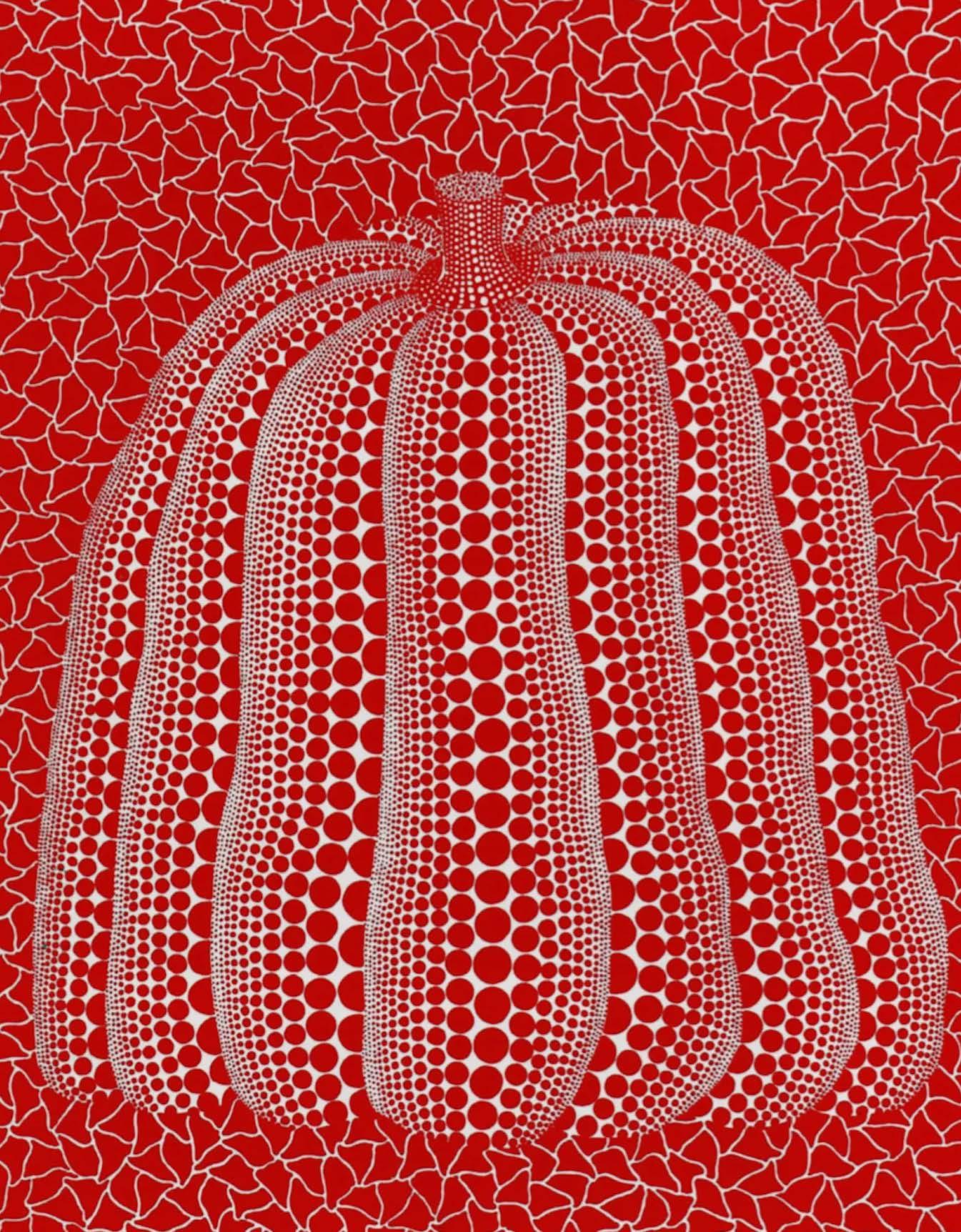
YAYOI KUSAMA


PUMPKIN, 1992
Screenprint on Paper
72 x 61 cm
Edition of 120
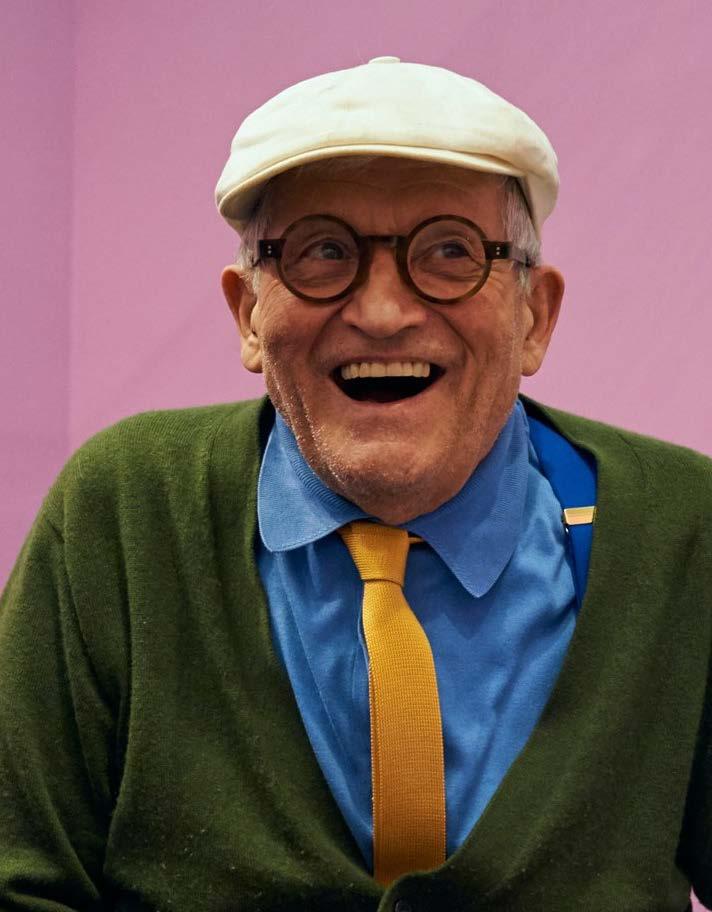
©artmarket
DAVID HOCKNEY
David Hockney is one of the most celebrated and popular British artists of the 20th century. He is also one of the most influential - his work has inspired artists including Chuck Close, Cecily Brown, and film director Martin Scorsese, and he has been a key factor in the revival of figurative painting. Born in 1937, the worldrenowned pop artist continues to create and exhibit art to this day, as well as advocating for funding for the arts. New York Giants chairman Steve Tisch and actor Steve Martin are among those who have chosen to invest in David Hockney art as part of their extensive
collection. Like other pop artists, Hockney approached figurative painting in a style that referenced the visual language of advertising. However, he was unique in his obsession with Cubism, combining several scenes to create a composite view, and choosing tricky spaces like split-level Californian homes which offered already-challenging depth perception. In these acrylic canvases, Hockney developed the style for which he is best known. Flat planes lay side by side, confusing any sense of distance, and shadows appear to be erased.
DAVID HOCKNEY


SUN, FROM THE WEATHER SERIES, 1973
Lithograph and Screenprint in Colours on Arjomari Paper

95 x 78 cm
Edition of 98
DAVID HOCKNEY

“UNTITLED NO.7” FROM “THE YOSEMITE SUITE”, 2010 iPad Drawing Printed

71 cm Edition of 25
on Paper 94 x


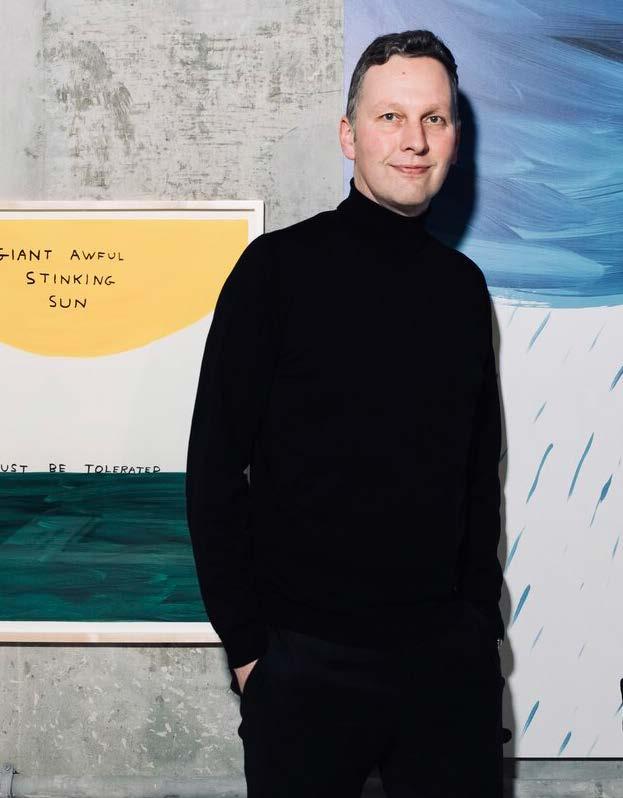
©ruinart
DAVID SHRIGLEY
British artist David Shrigley is best known for his iconic cartoonish drawings of childlike imagery such as animals, food or toys drawn in vibrant colour, combined with deadpan text fragments from overheard conversations or Freudian slips. His work taps into the quick and punchy spirit of contemporary visual culture, gaining him an audience far beyond merely the commercial art world. Shrigley also works in other media such as sculpture, installation, animation, photography, tattoos and music. He constantly challenges boundaries between high and low art through his signature, subversive humour and clever combinations of text and image. David Shrigley was born in 1968 in Macclesfield, UK, and is currently living and working in Brighton. After taking the Art and Design Foundation course at Leicester Polytechnic in
1987, he moved to Glasgow to study Environmental Art at the Glasgow School of Art until 1991. Both Shrigley’s writing projects and collaborations with musicians started early on in his career and continue to be an integral part of his practice. Between 2012 and 2014, he mostly produced black and white drawings of his signature cartoonish characters and fragments of writing. He had a mid-career retrospective at the Hayward Gallery in London in 2013 and was nominated for the prestigious Turner Prize in the same year. In 2016, he was commissioned to install the Fourth Plinth on Trafalgar Square in the shape of a monumental ‘thumbs-up’ sculpture cast in bronze in the spirit of his signature deadpan humour. In 2015, colour took over his drawings yet again, continuing until the present.
DAVID SHRIGLEY VIBES, 2018

Screenprint
76 x 56 cm
Edition of 125
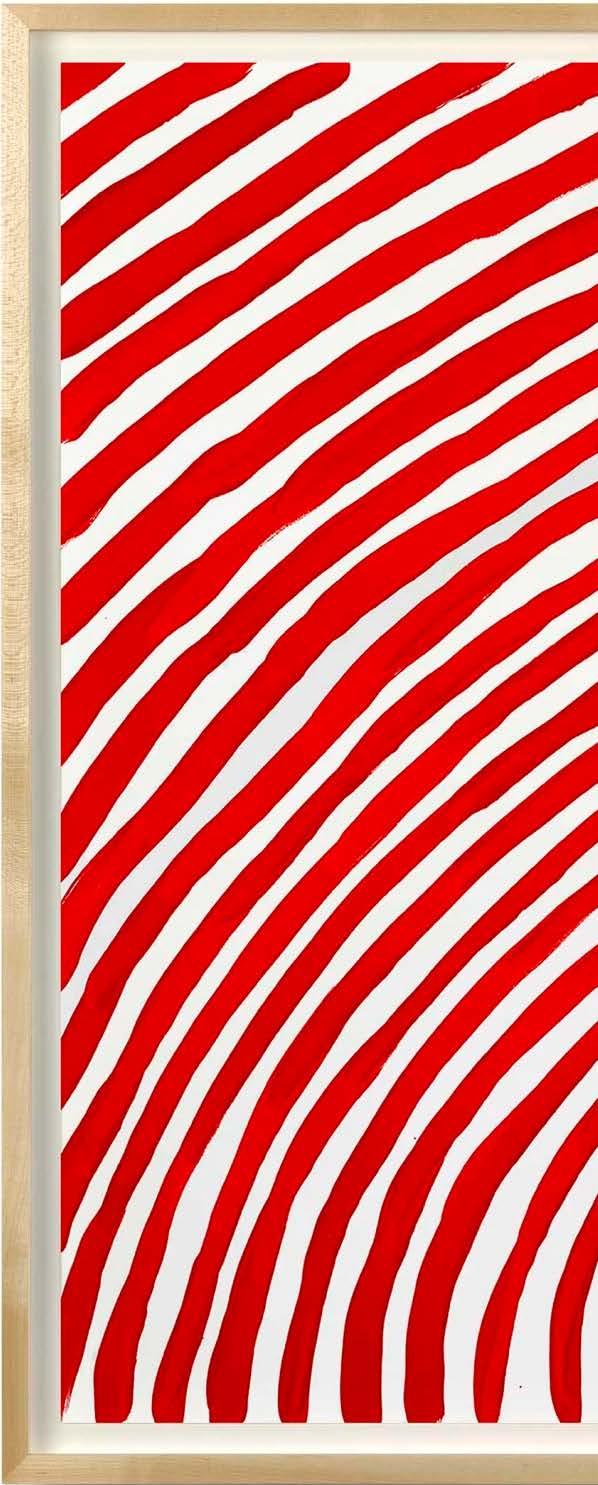

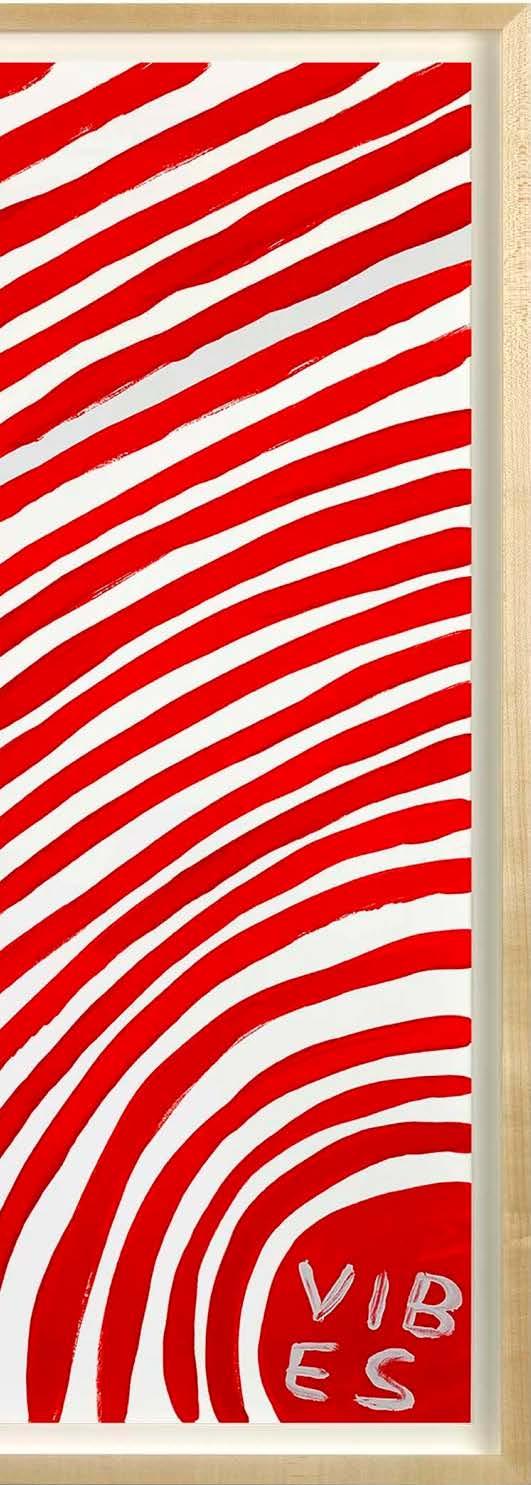

8 Colour Screenprint with a Varnish Overlay
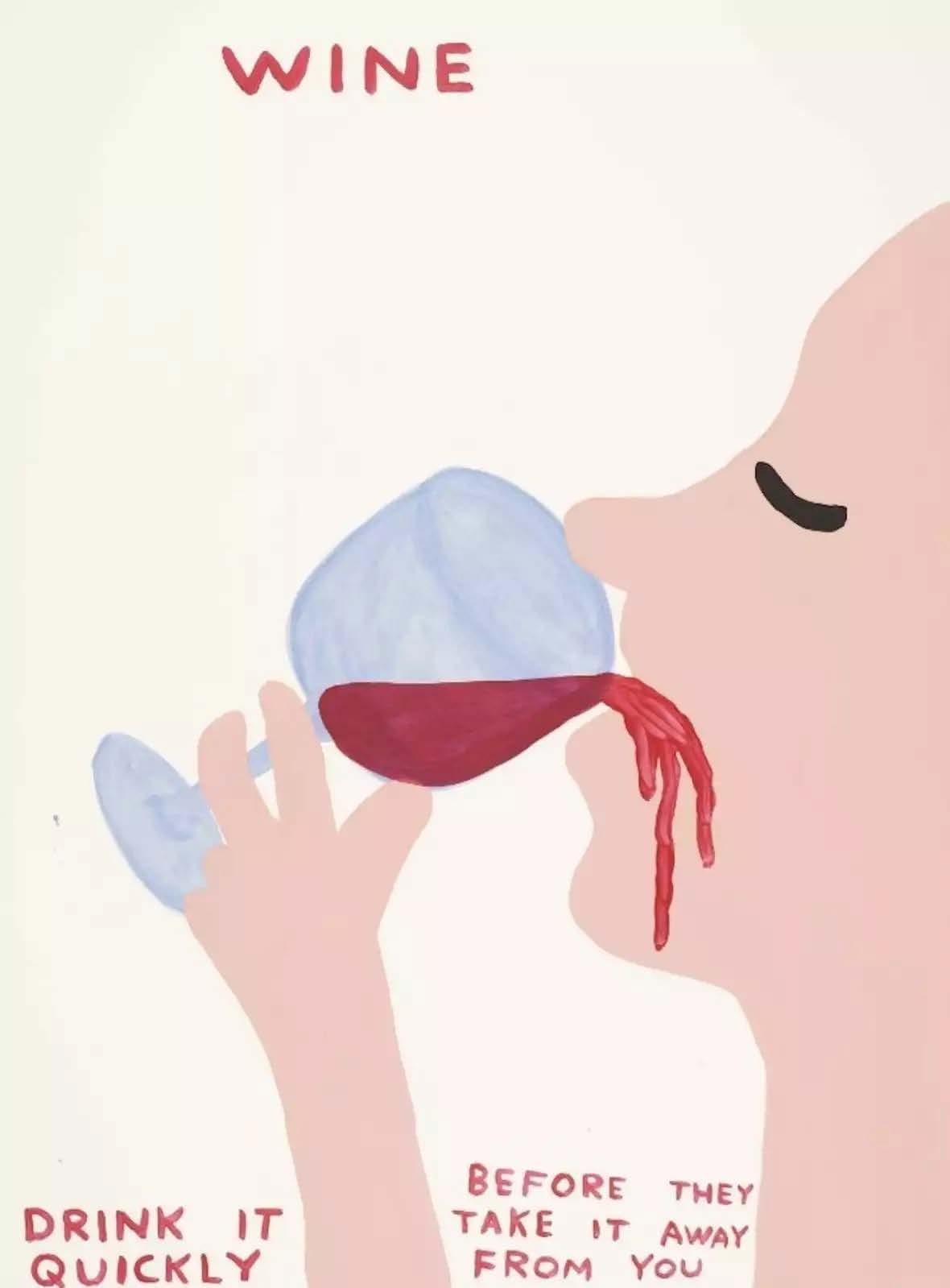

75 x 56 cm
Edition of 125
 DAVID SHRIGLEY WINE, 2021
DAVID SHRIGLEY WINE, 2021

©maddoxgallery
HARLAND MILLER
Considered something of a polymath, Harland Miller is a British artist and writer who reimagines classic Vintage Penguin Book covers with his own sardonic titles. The artist works in a variety of mediums from hand-finished screenprints to large-scale canvases and is influenced by the form and colour of Abstract Expressionism as well as the playfulness of pop art. Miller’s artworks are often as witty as they are visually striking and are collected around the globe by critics and celebrities alike with George Michael, Sir Elton John, and Ed Sheeran all acquiring works for their collection. Born in Yorkshire in 1964, Miller graduated from Chelsea School of Art in 1988 with both a Bachelor’s and Master’s degree. Following his time at university, Miller began travelling the world, living in London, New York, Berlin and Paris. In 1987, Miller had his first ever solo exhibition at the Diorama in London. He then went on
to New York where he would exhibit as a solo artist at Prisunic Gallery in 1990 and 1991. Widening his French audience, with thanks to his shows at Prisunic Gallery, Miller then moved to Paris where he had three more solo exhibitions over the next five years. During this period, Miller also spent a year living in Berlin, which is where he embarked upon his writing career. Although establishing himself as an artist, Miller first won critical acclaim as a writer, with his debut novel, Slow Down Arthur, Stick to Thirty, being published in 2000. Later that year, he also published At First I was Afraid, I was Petrified - a visually led book that is considered short study of Obsessive Compulsive Disorder. The work’s sardonic title, borrowed from the Gloria Gaynor song, is echoed in the title of one of Miller’s later artworks, with puns and wordplay being the basis of many of the artist’s work.

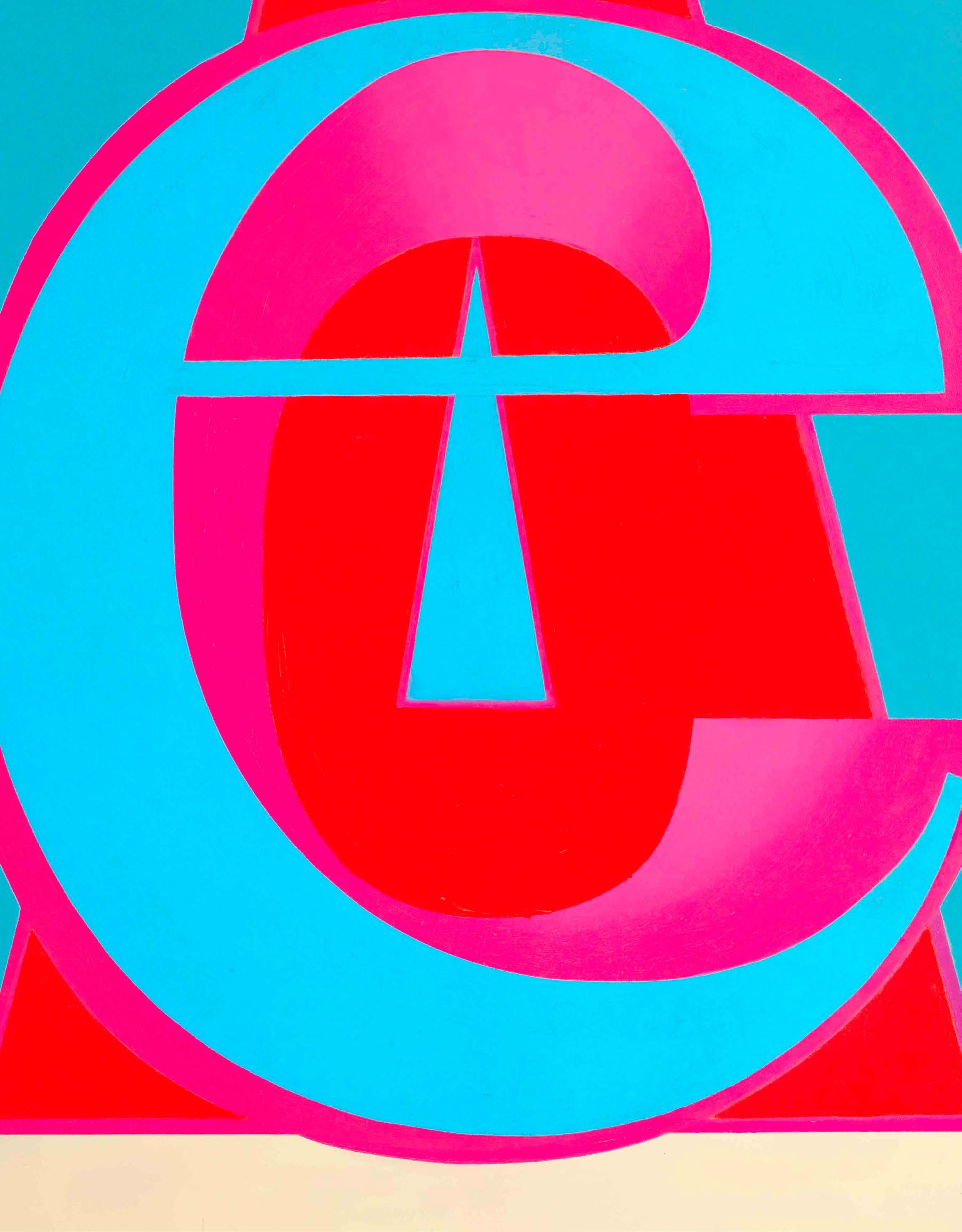
Woodcut 168 x 119 cm
Edition of 50
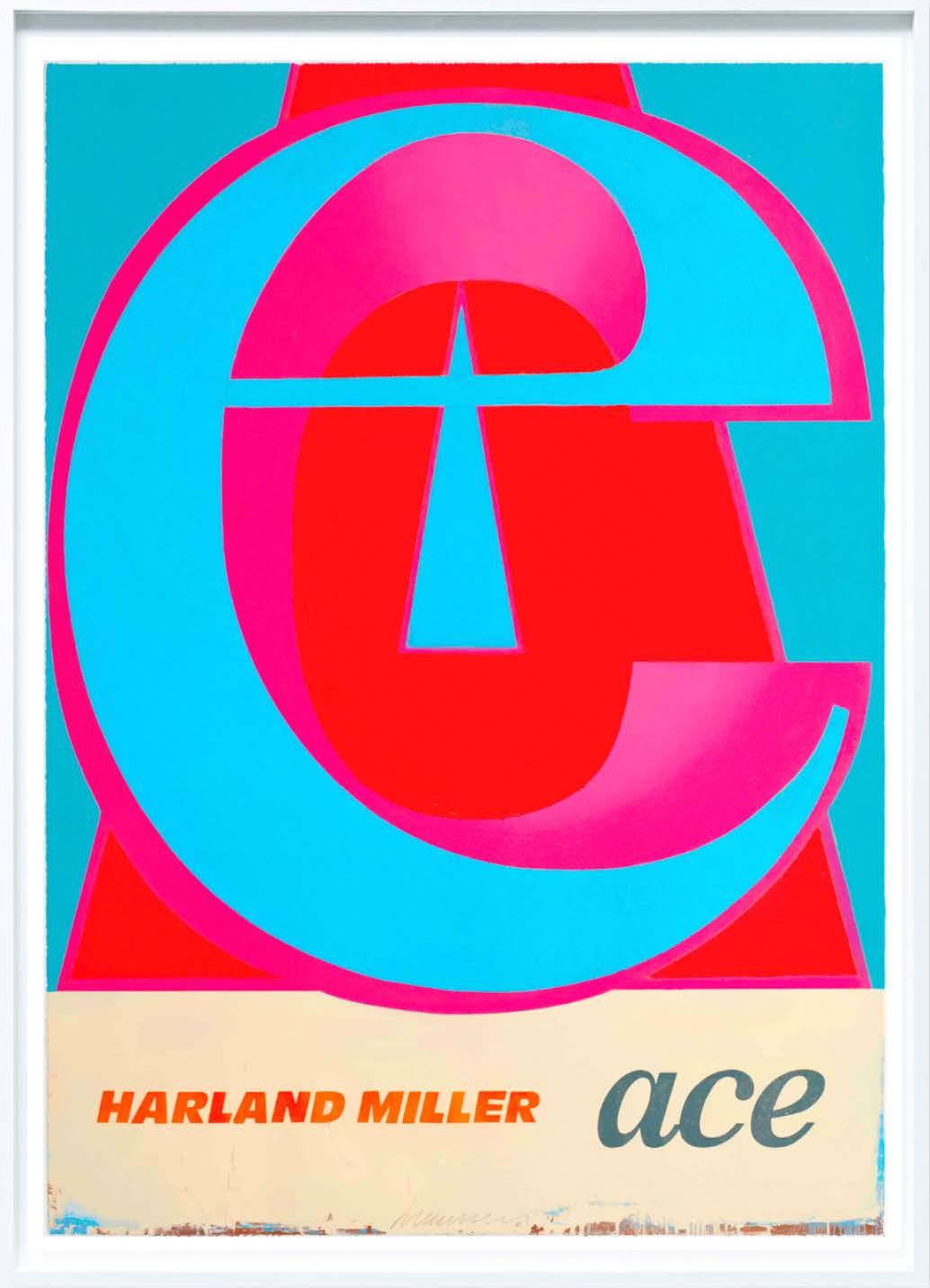 HARLAND MILLER ACE, 2019
HARLAND MILLER ACE, 2019
HARLAND MILLER
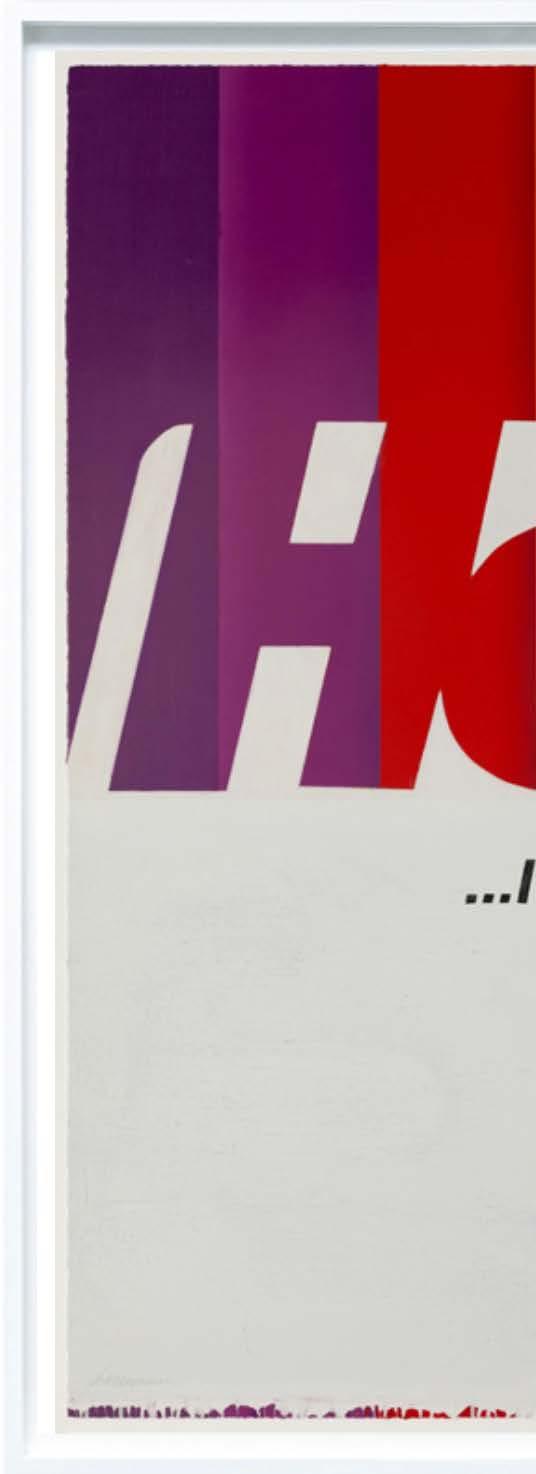
HELL... IT’S ONLY FOREVER (LARGE), 2020
Woodcut
172 x 119 cm
Edition of 50

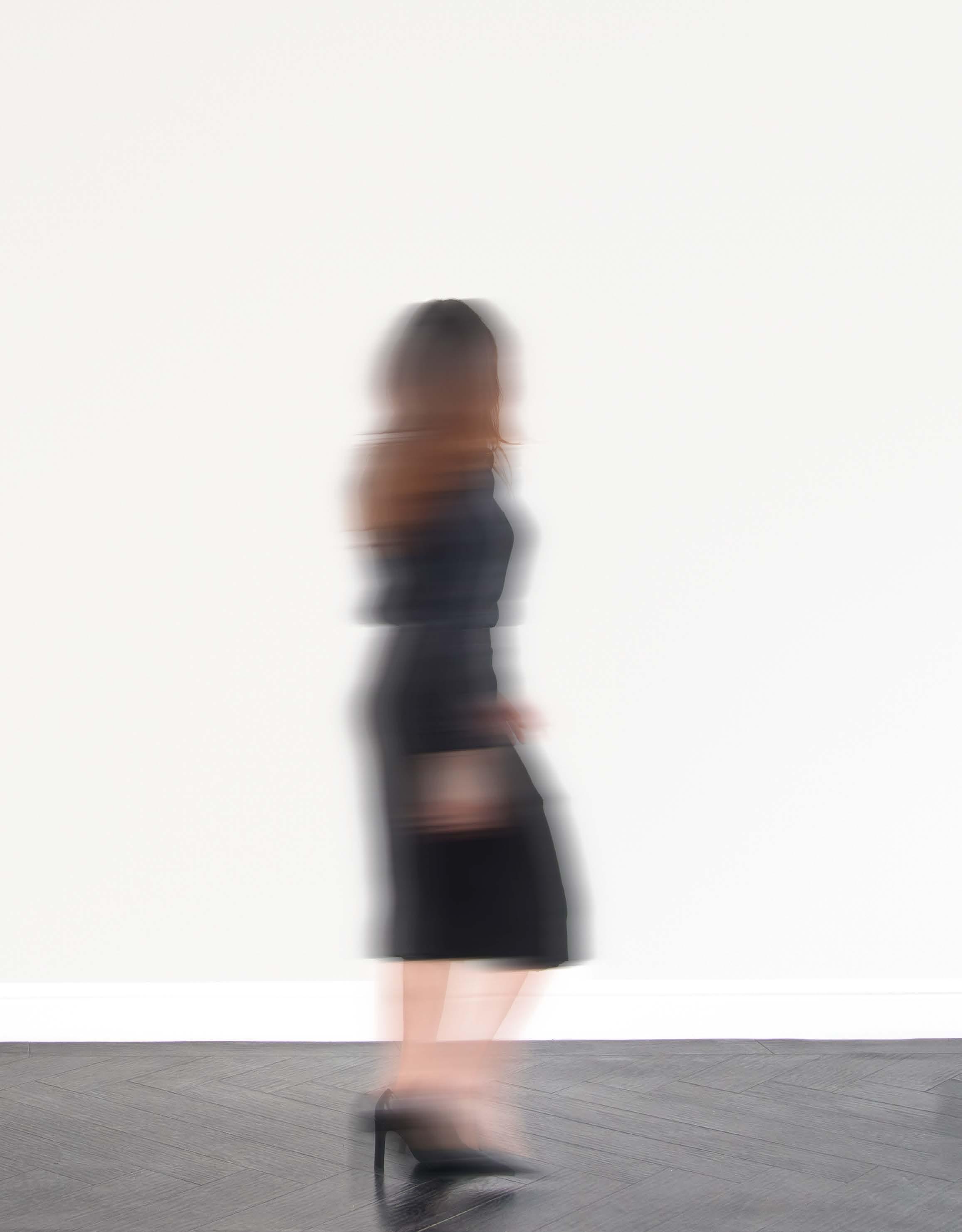
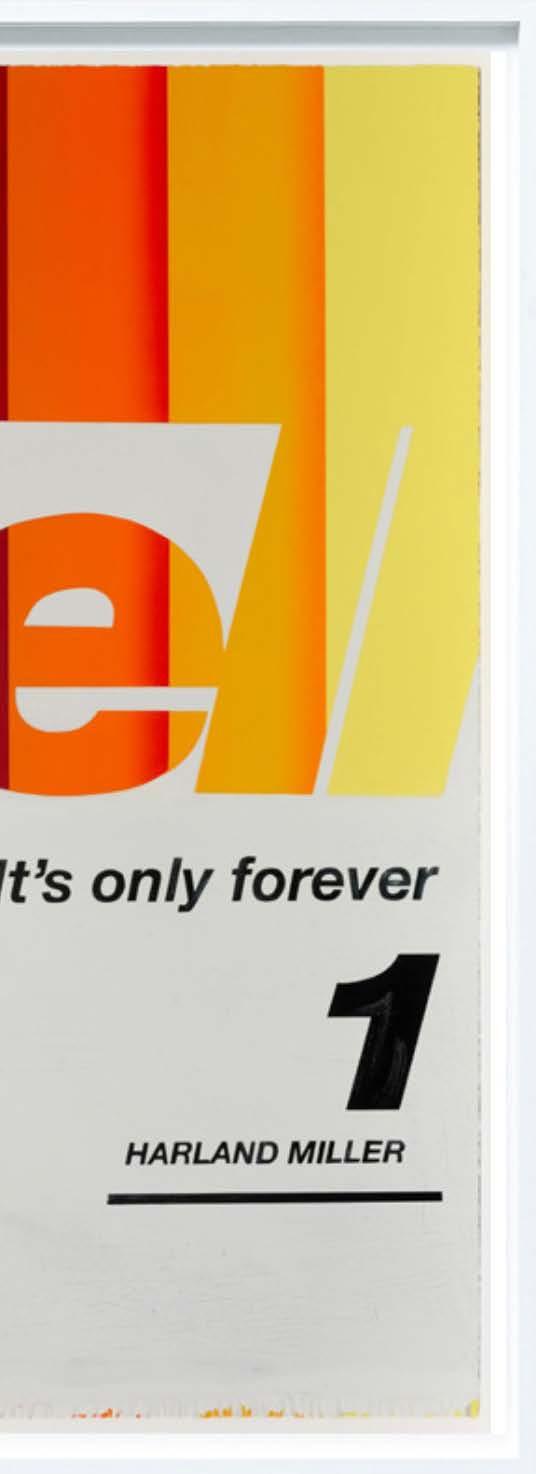
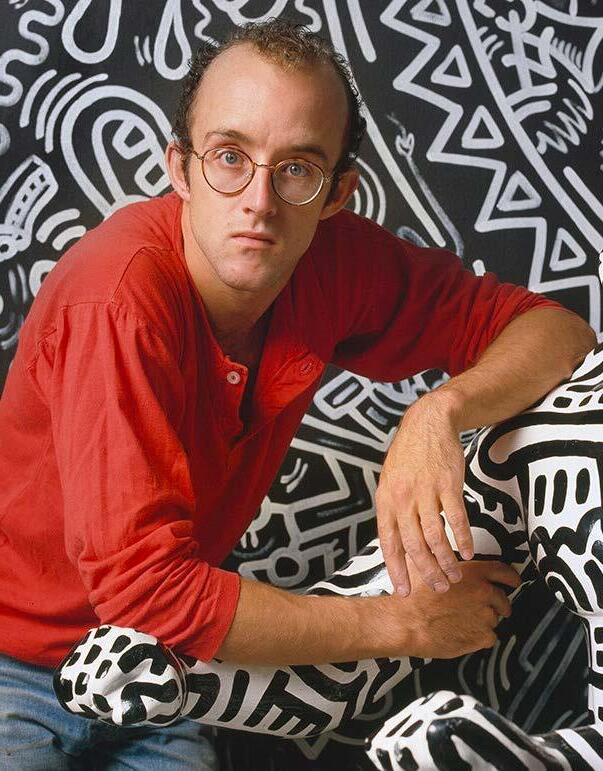
©galeries-bartoux
KEITH HARING
Rising to prominence in the early 1980s, Keith Haring was an American artist renowned for his vivacious paintings, murals and his use of a distinctive pop graffiti technique. Drawing from traditional street art, Keith Haring’s artworks feature a combination of bold imagery and bright, contrasting colours that instantly grab the attention of viewers. Firmly believing that ‘art is for everybody’, Haring made his artwork as accessible as it is memorable, by creating art in both public spaces and at a range of affordable prices. Subsequently, during his lifetime Haring attracted a wide audience and became a household name whose artwork remains both instantly and globally recognisable. Born in 1958 in Reading, Pennsylvania, Keith Haring was surrounded by a rich visual culture from a young age. Fascinated by popular cartoons created by Walt Disney and Dr. Seuss, Haring learned basic drawing skills from his father who worked as an
amateur cartoonist. As he got older, Haring decided to pursue a career in graphic art. He studied briefly at the Ivy School of Professional Art in Pittsburgh before dropping out and realising that he had little interest in becoming a commercial artist. Instead, Haring enrolled in the School of Visual Arts in New York and on moving to the East Village in the city’s bustling centre, he discovered a burgeoning artistic community developing outside established gallery and museum spaces. He soon immersed himself in the city’s graffiti culture, befriending artists such as Andy Warhol and Jean-Michel Basquiat. These relationships, particularly that with Andy Warhol, proved to be a significant factor in his future success. Following Haring’s graduation from the School of Visual Arts in 1980, the artist began participating in numerous group and solo exhibitions, garnering international attention.
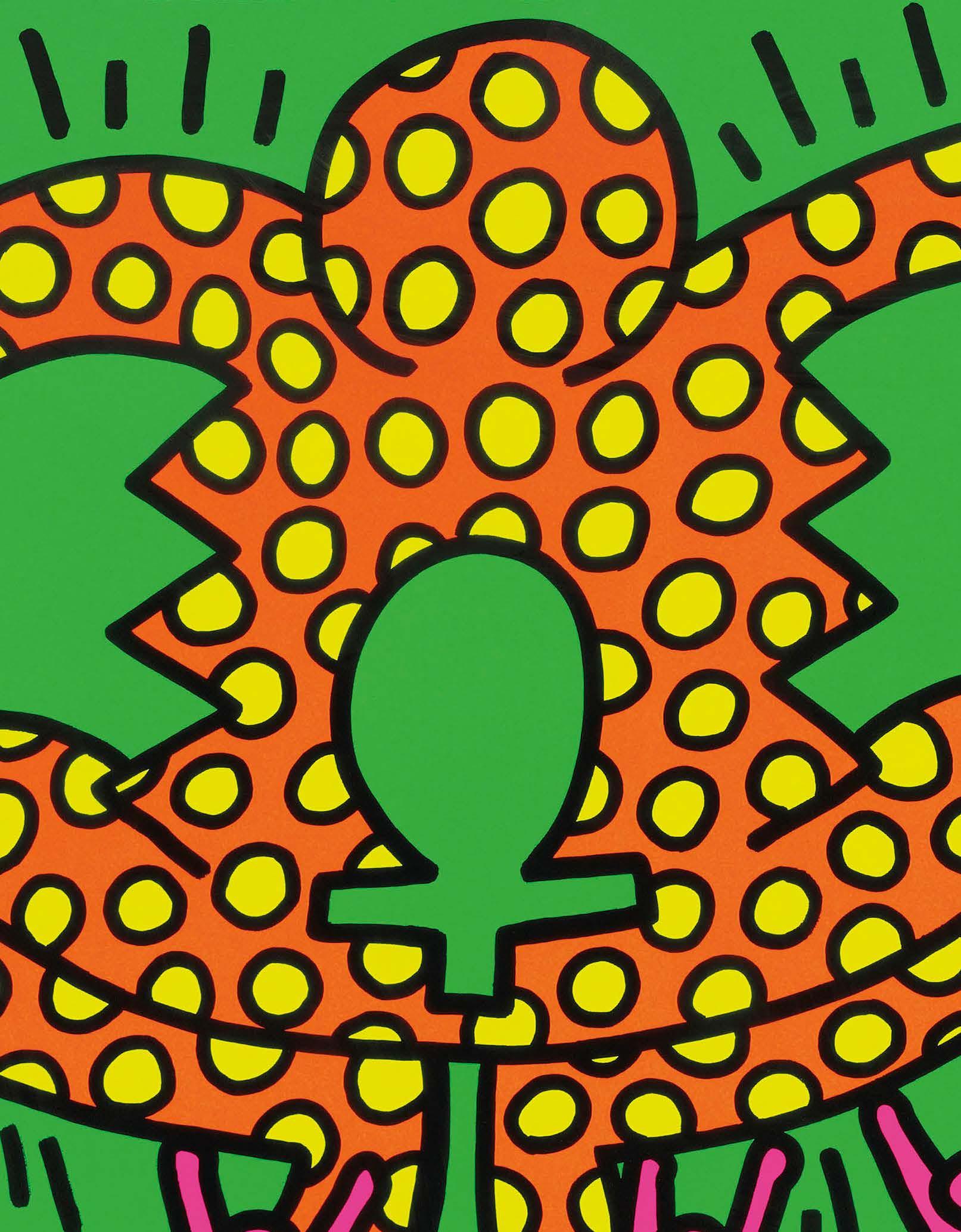
KEITH HARING

FERTILITY SUITE, UNTITLED 5, 1983
Screenprint

106 x 131 cm
Edition of 100
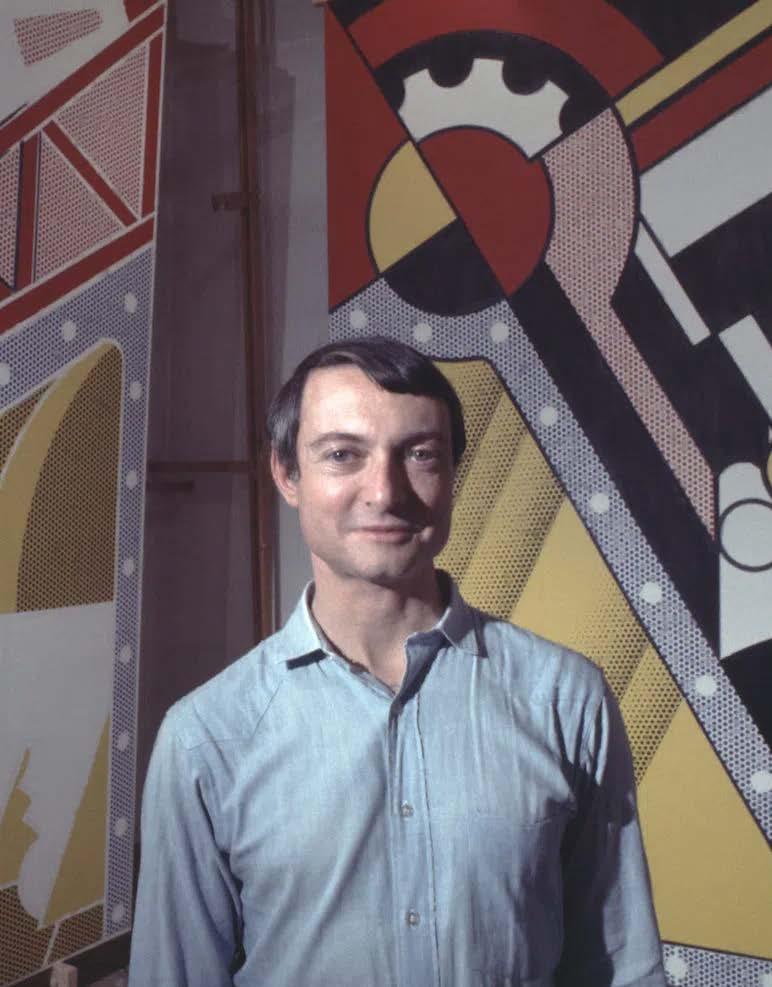
©britannica
ROY LICHTENSTEIN
Born in New York City in 1923, Lichtenstein graduated from the Franklin School for Boys in 1940, followed by an artistic education at the Ohio State University. His early influences include Rembrandt, Daumier and Picasso, with his favourite painting being Picasso’s monumental Guernica (1937). From 1943 to 1946, he served in the American military which was a big influence on his artistic iconography, with his later works being shaped by American national symbolism and mythology. With an interest in mainstream culture, consumerism and appropriated imagery, Lichtenstein first created his signature pop art works in the early 1960s, rising to fame with other prominent members of the movement like Andy Warhol. Lichtenstein’s works blurred boundaries between high and low art,
challenging the art establishment and reflecting on the interconnected nature of contemporary culture and consumerism. Lichtenstein worked across various print media from lithographs and etchings to woodcuts. Significant print series include his Haystacks planographic print series (1969) inspired by Monet’s painting and his Expressionist Woodcut series inspired by German Expressionism, which he started experimenting with in the 1970s and 80s. The artist had many exhibitions in prestigious institutions and his work is held in collections around the world, including the Tate Modern in London, the Art Institute of Chicago, the Museum of Modern Art in New York and the National Gallery of Art in Washington, D.C. He died in New York in 1997.
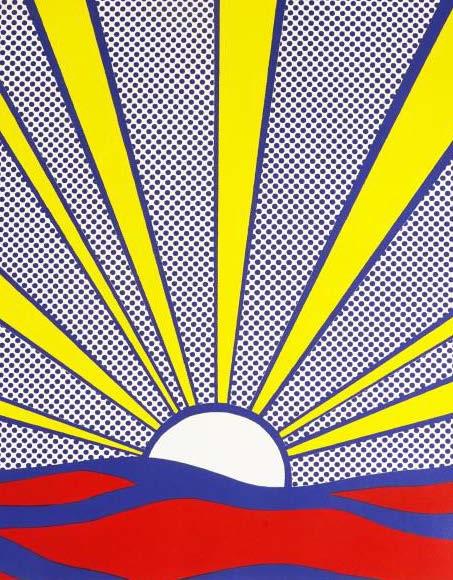
ROY LICHTENSTEIN

SUNRISE (C. II. 7), 1965

Offset Lithograph
45 x 60 cm
 © Christian Wickler
© Christian Wickler
BRIDGET RILEY
Riley was born in Norwood, London, the daughter of a businessman. Her childhood was spent in Cornwall and Lincolnshire. She studied at Goldsmiths’ College from 1949 to 1952, and at the Royal College of Art from 1952 to 1955. She began painting figure subjects in a semi-impressionist manner, then changed to pointillism around 1958, mainly producing landscapes. In 1960 she evolved a style in which she explored the dynamic potentialities of optical phenomena. These so-called ‘Op-art’ pieces, such as Fall (1963), produce a disorienting physical effect on the eye. Riley taught children for two years before joining the Loughborough School of Art, where she initiated a basic design course in 1959. She then taught at Hornsey School of Art, and from 1962 at Croydon School of Art. She worked for the J. Walter Thompson Group advertising agency from 1960, but gave up teaching and advertising agency work in 1963-4. Group shows include Young Contemporaries, London,
1955; Diversion, South London Art Gallery 1958; an Arts Council Touring Exhibition, 1962; Tooth’s Critics Choice Exhibition, selected by Edward Lucie-Smith, 1963; John Moores’ Exhibition, Liverpool, 1963; The New Generation, Whitechapel Gallery 1964; Movement, Hanover Gallery, London, 1964; Painting and Sculpture of a Decade 1954-1964, Tate Gallery, 1964; and Op Art, touring Ireland in 1967. Her numerous European and American exhibitions include The Sixties Collection Revisited, Aldrich Museum of Contemporary Art, Ridgefield, Connecticut, 1978. Riley was awarded the AICA Critics Prize in 1963 and also that year a John Moores’, Liverpool Open Section prize. In 1964 she was awarded a Peter Stuyvesant Foundation Travel bursary to the USA. In 1968 she won an International Painting Prize at the Venice Biennale. Her first solo exhibition was held at Gallery One in 1962 with a second solo show the following year.

BRIDGET RILEY

INTERVALS 2, 2019

Screenprint on Paper 51 x 40 cm
Edition of 120


©lfi-online.de
TERRY O’NEILL
Born in 1938 in East London to Irish parents, O’Neill launched his photography career working for a technical photographic unit at London’s Heathrow Airport. While working there, he started developing a fascination for capturing people in the transitory environment of the airport in their natural rhythm, waiting for their planes and unaware of being photographed. Unbeknown to O’Neill at the time, one of the figures caught on his lens happened to be Home Secretary Rab Butler, leading O’Neill to land a job on Fleet Street with the Daily Sketch as a commercial photographer in 1959. During the 1960s, O’Neill immersed himself in the world of celebrities and fashion icons, taking pictures of a plethora of iconic figures ranging from politicians to pop stars. Known for his photographs of musicians in unstaged settings, O’Neill managed to show a different side to the public persona of many of the music scene’s greatest stars, including The Rolling Stones, The Beatles and David Bowie. Arguably his best-known musical photographs are of Elton John, which were collated and published
in the book Eltonography in 2008. O’Neill’s dynamic and evocative photographs radiate the spirit of the swinging 60s with a timeless energy. His lens also captured politicians from Winston Churchill and Margaret Thatcher to John Major and Nelson Mandela, as well as members of the Royal Family, including Queen Elizabeth II herself. O’Neill was also known for photographing actors as well as behind the scenes of movie sets. Most notably, the photographer is famed for a series of pictures of his soon to become wife, American actress Faye Dunaway, following her win at the Academy Awards the previous night. Winning for her performance in the movie Network, Dunaway sits by her Oscar, poolside at the Beverly Hills Hotel and in her dressing gown. Published both in black and white as well as in colour, these images carry a sense of tender intimacy while demonstrating a keen photographic eye for composition. These are now included in the permanent display at the National Portrait Gallery in London. O’Neill passed away in 2019.
TERRY O’NEILL BRIGITTE BARDOT, DEAUVILLE, 1968


Lifetime Gelatin Silver Print, Printed Later
69 x 56 cm
Edition of 50




TERRY O’NEILL DAVID BOWIE WITH ELIZABETH TAYLOR, BEVERLY HILLS, 1975
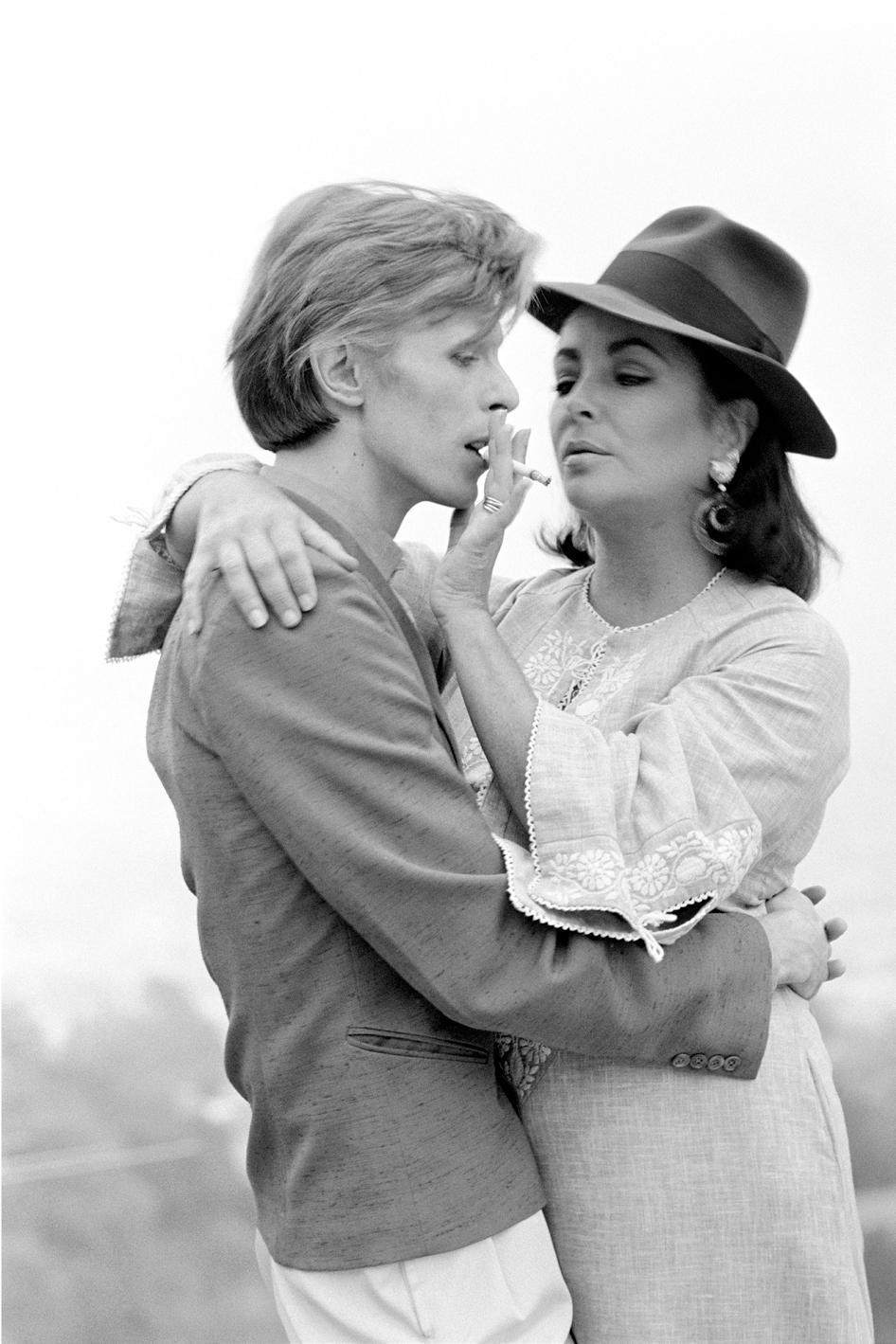
Lifetime Gelatin Silver Print, Printed Later

58 x 48 cm
Edition of 50
TERRY O’NEILL BRIGITTE BARDOT, FRANCE, 1970

Lifetime Edition Gelatin Silver Print, Printed Later
63 x 79 cm
Edition of 50

Lifetime Gelatin Silver Print, Printed Later
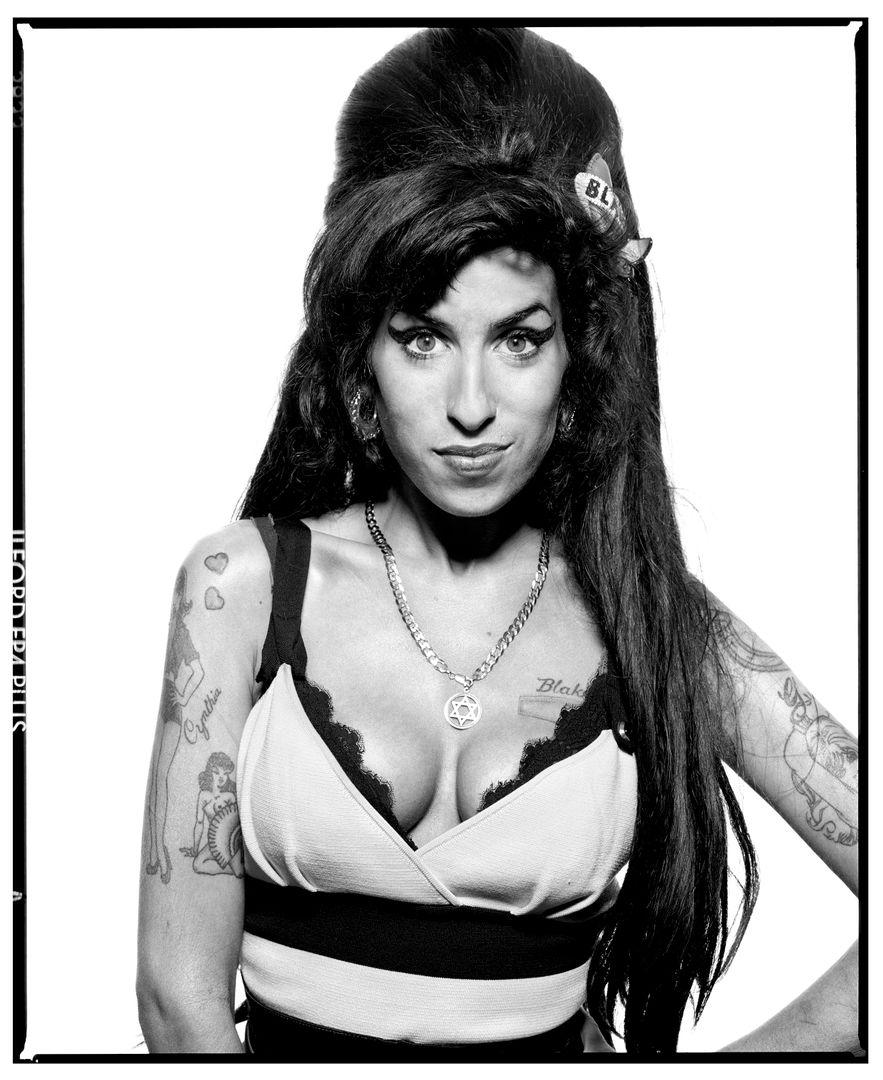

80 x 56 cm
Edition of 50
 TERRY O’NEILL AMY WINEHOUSE, HYDE PARK, 2008
TERRY O’NEILL AMY WINEHOUSE, HYDE PARK, 2008
TERRY O’NEILL BRIGITTE BARDOT, 1971 (COLOURISED), 1971
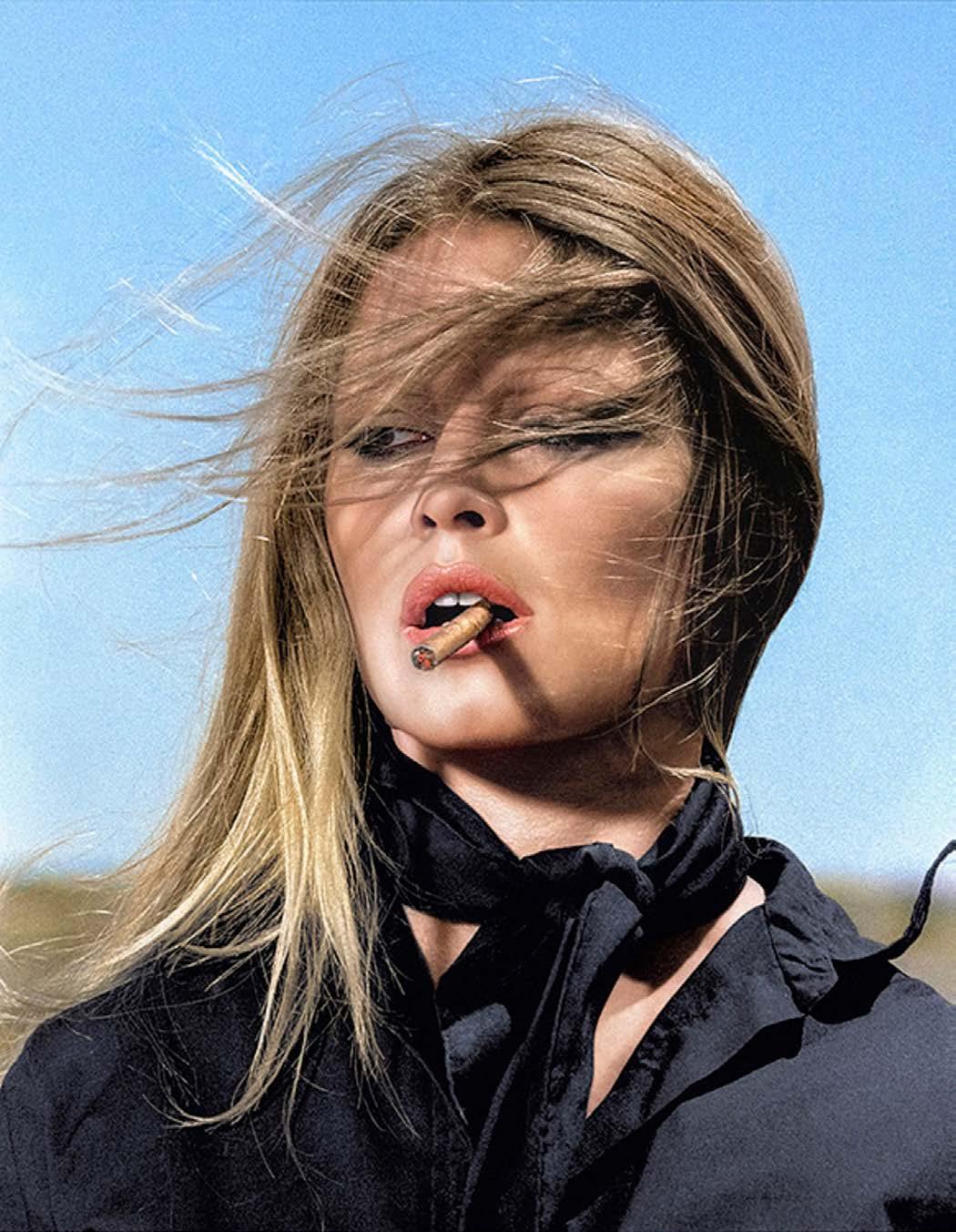
Posthumous C-Type Print 120 x 80 cm

Edition of 50
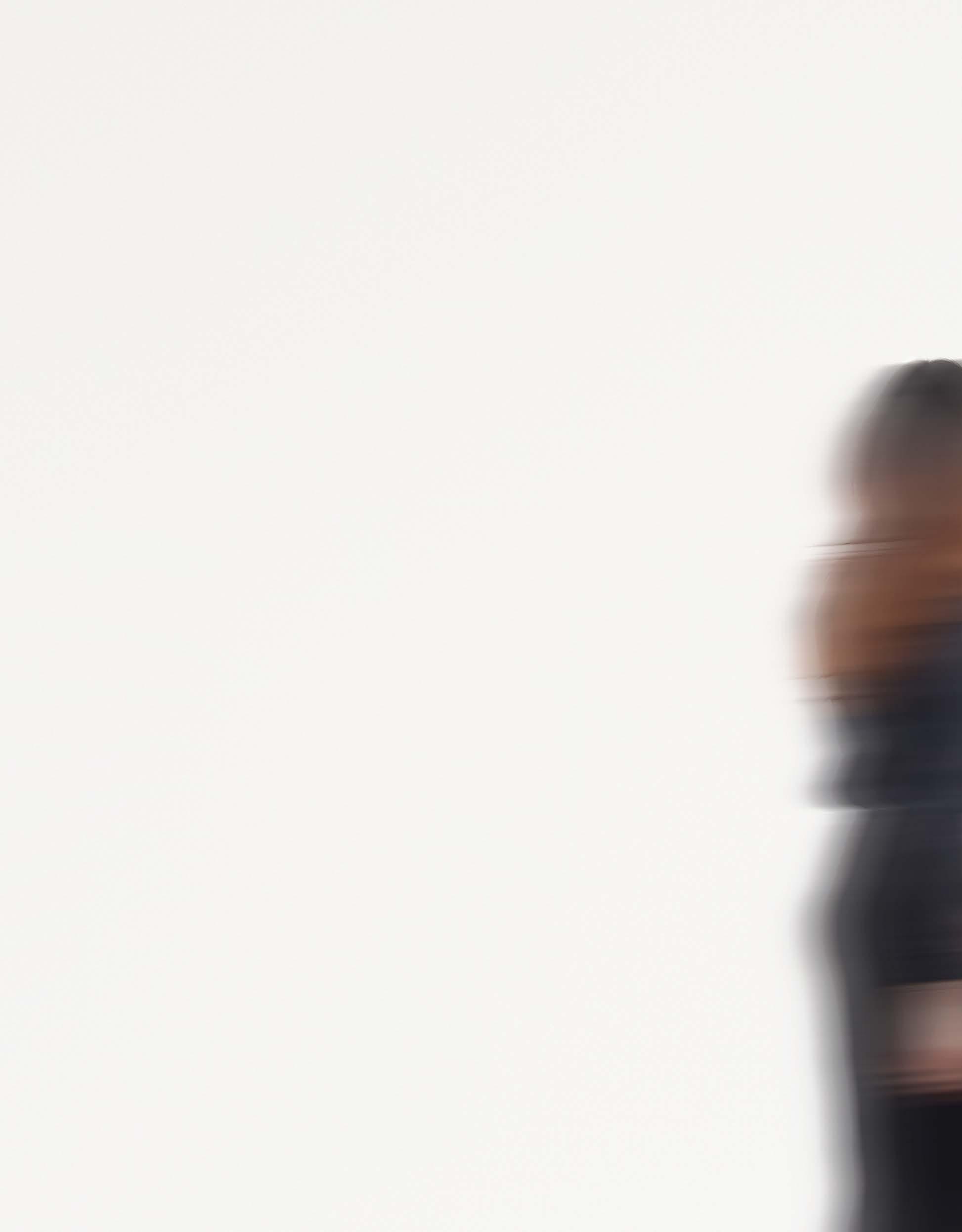
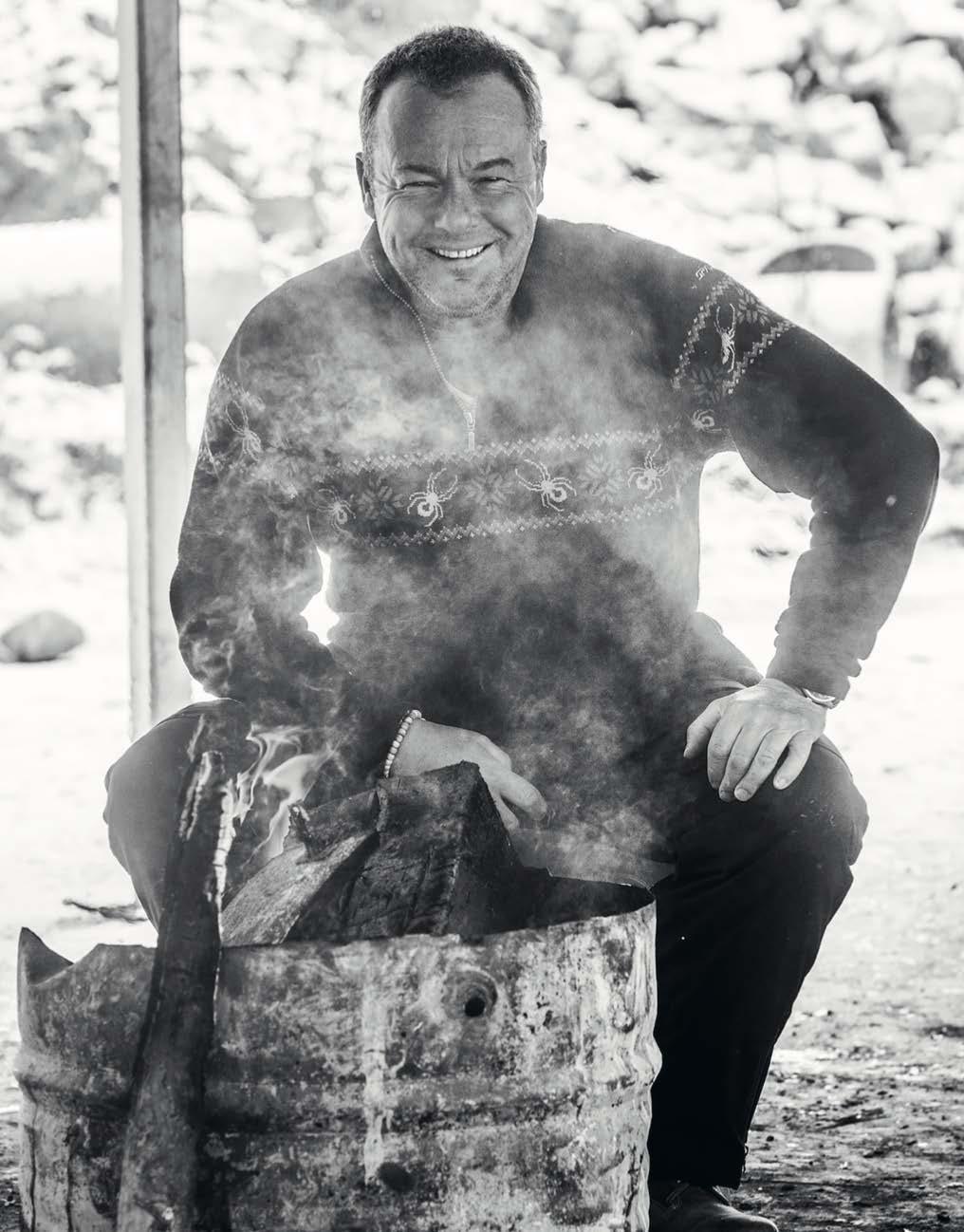
©maddoxgallery
DAVID YARROW
Scottish photographer David Yarrow is a pioneer of fine art photography, known for visiting isolated locations and communities to capture the sublime beauty of the natural world. His dramatic and highly evocative images, usually black and white, fuse the knowledgeable approach of David Attenborough with Ridley Scott’s visual drama and the exquisite composition of Ansel Adams. His photographs fetch high prices across international auction houses, making Yarrow one of the most coveted photographers alive today. He has equally shown an unchanging commitment to charitable causes and protecting wildlife through fundraising for various NGOs and the British NHS. Yarrow was born in Glasgow in 1966 and started his photography career working for the London Times at the age of 20, taking pictures of the World Cup Final in Mexico City. He famously photographed Diego Maradona holding the World Cup which propelled the photographer to
stardom. After graduating from Edinburgh University, Yarrow pursued a career in finance and continued producing photography at the same time. Yarrow is most famous for his visceral, powerful photography of life on earth, specifically wildlife. He cites the photojournalism of Robert Capa as a major inspiration for his work and has produced printed photographs of the elephants and lions of the African savannahs to the penguin colonies of Antarctica. His signature style is high resolution, black and white photographs with a focus on shadows and heavy saturation, resulting in an evocative and dramatic effect. His other famous series Storytelling fuses elements of wildlife with urban drama to a highly aesthetic effect, consisting of expertly staged compositions. His Lives of Others series saw him travelling to remote locations to focus on indigenous communities and landscapes, capturing various mesmerising moments from across cultures worldwide.
MARSHLANDS, 2023
Archival Pigment Print

84 x 102 cm
Edition of 3 APs
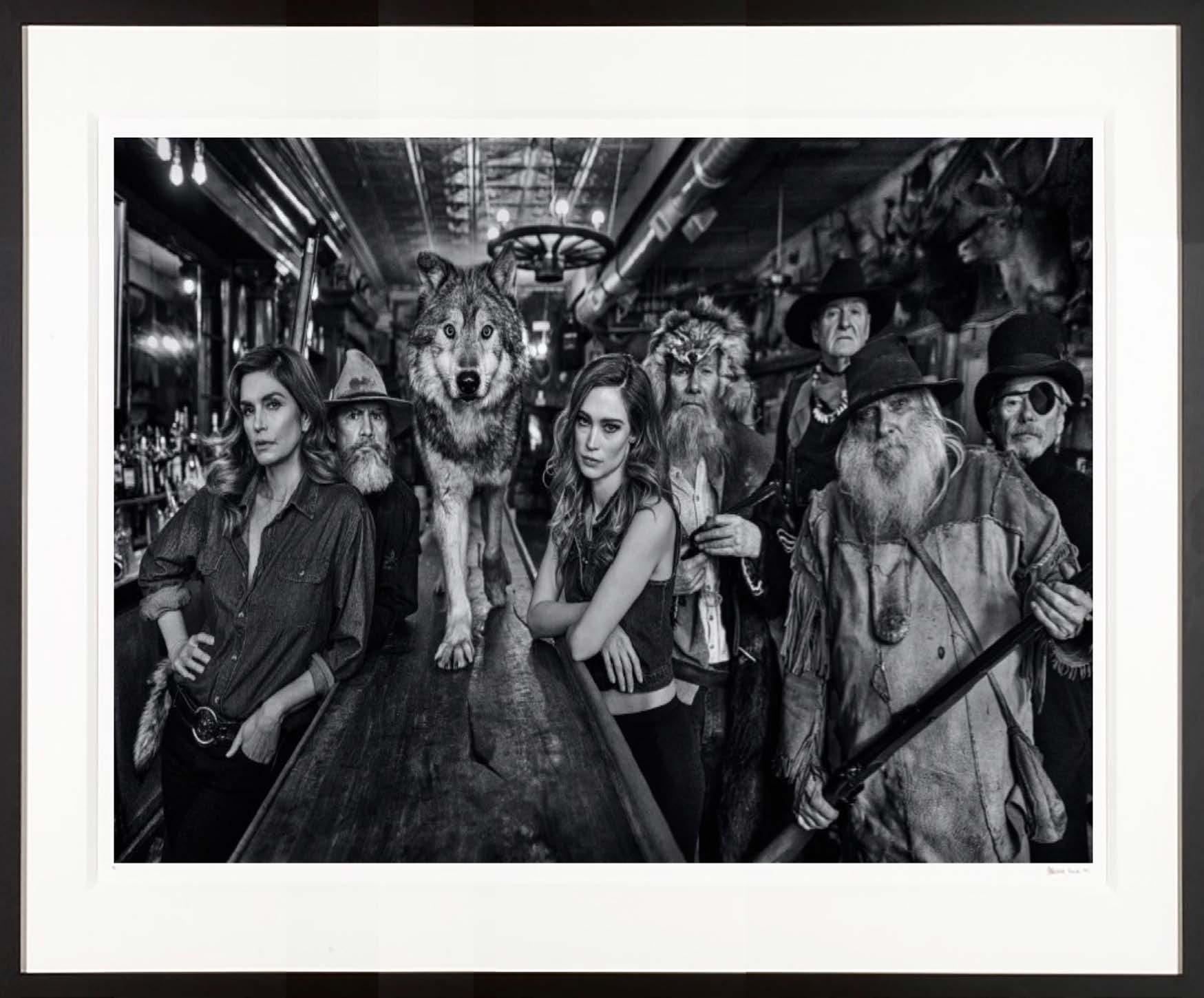 DAVID YARROW
DAVID YARROW
THE BORDER, 2023
Archival Pigment Print

89 x 102 cm
Edition of 3 APs
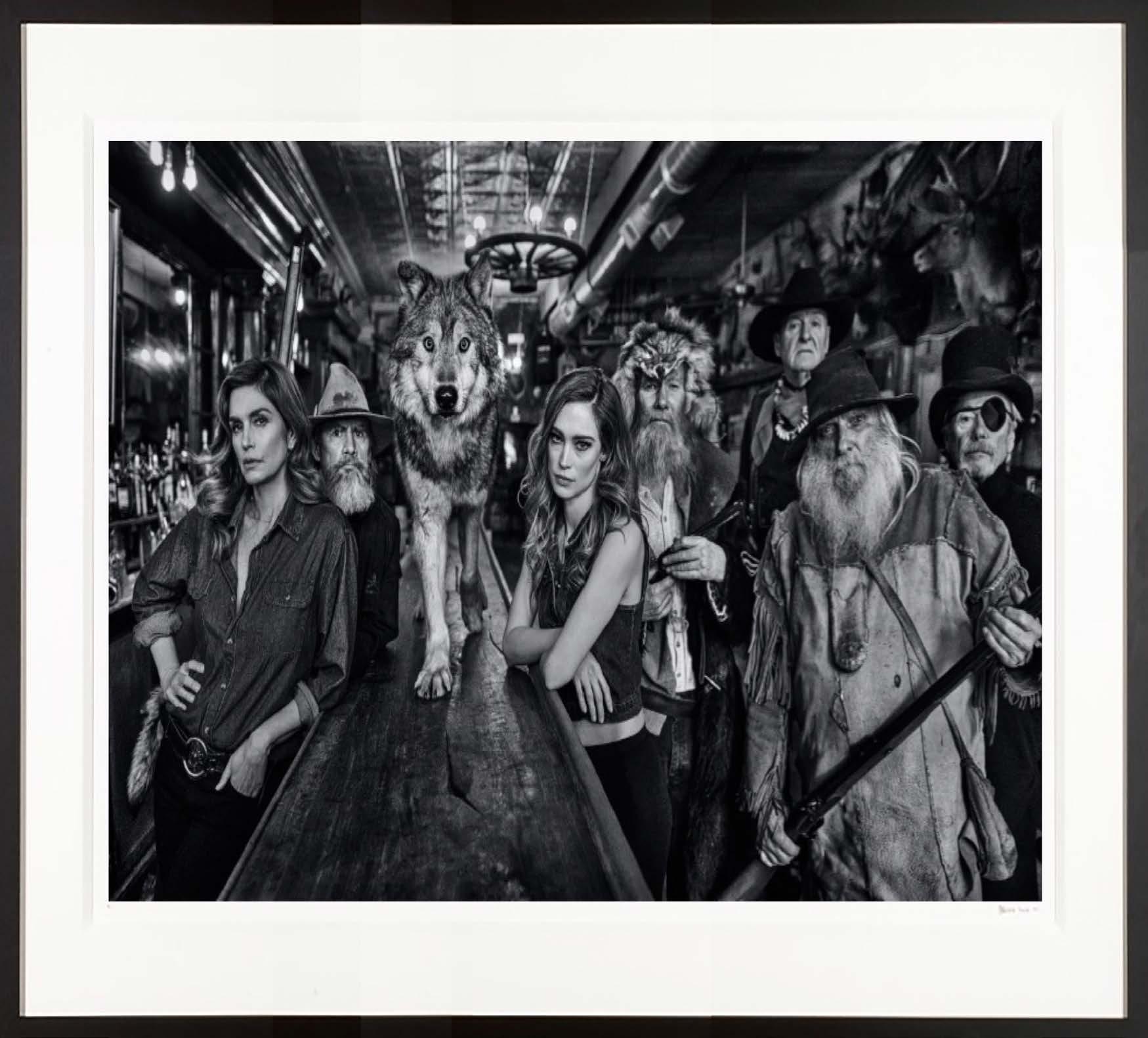 DAVID YARROW
DAVID YARROW
WALL STREET, 2023
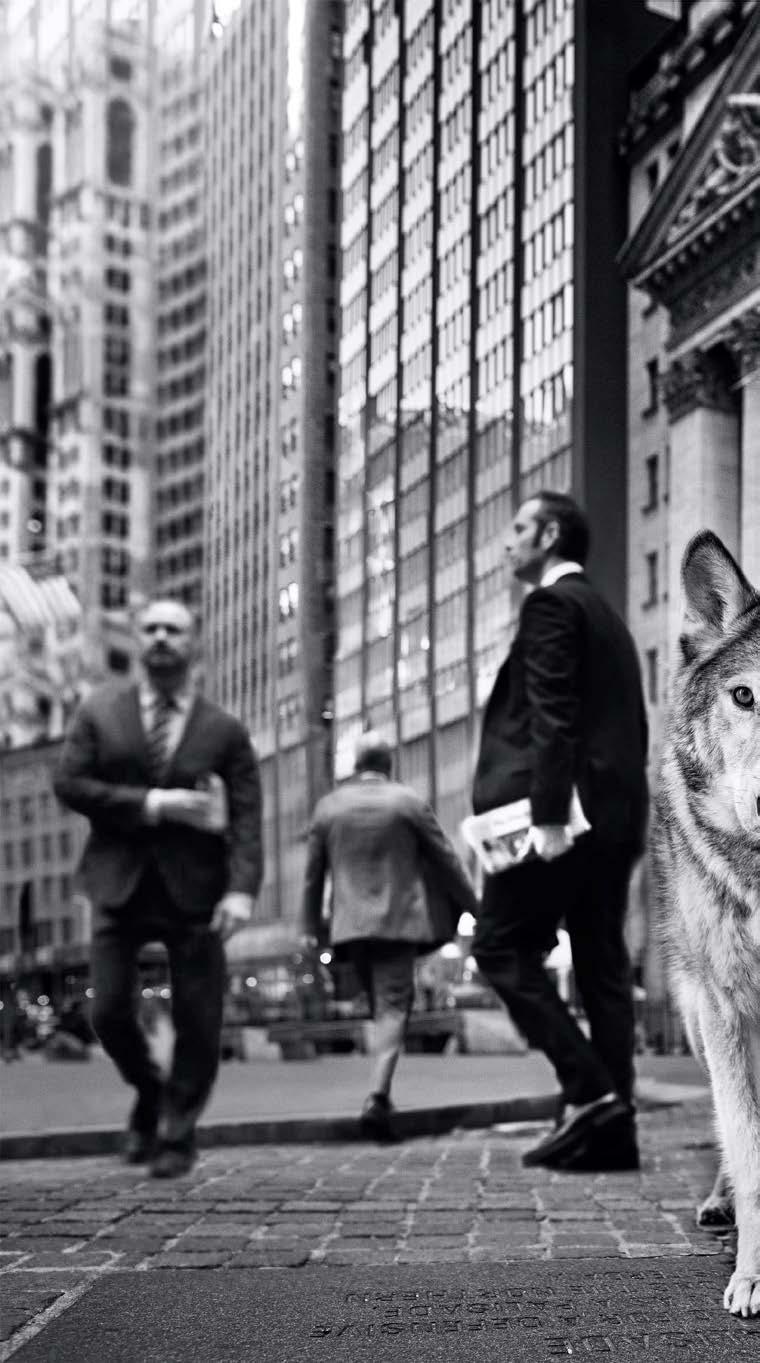

Archival Pigment Print
94 x 102 cm
Edition of 3 APs
 DAVID YARROW
DAVID YARROW



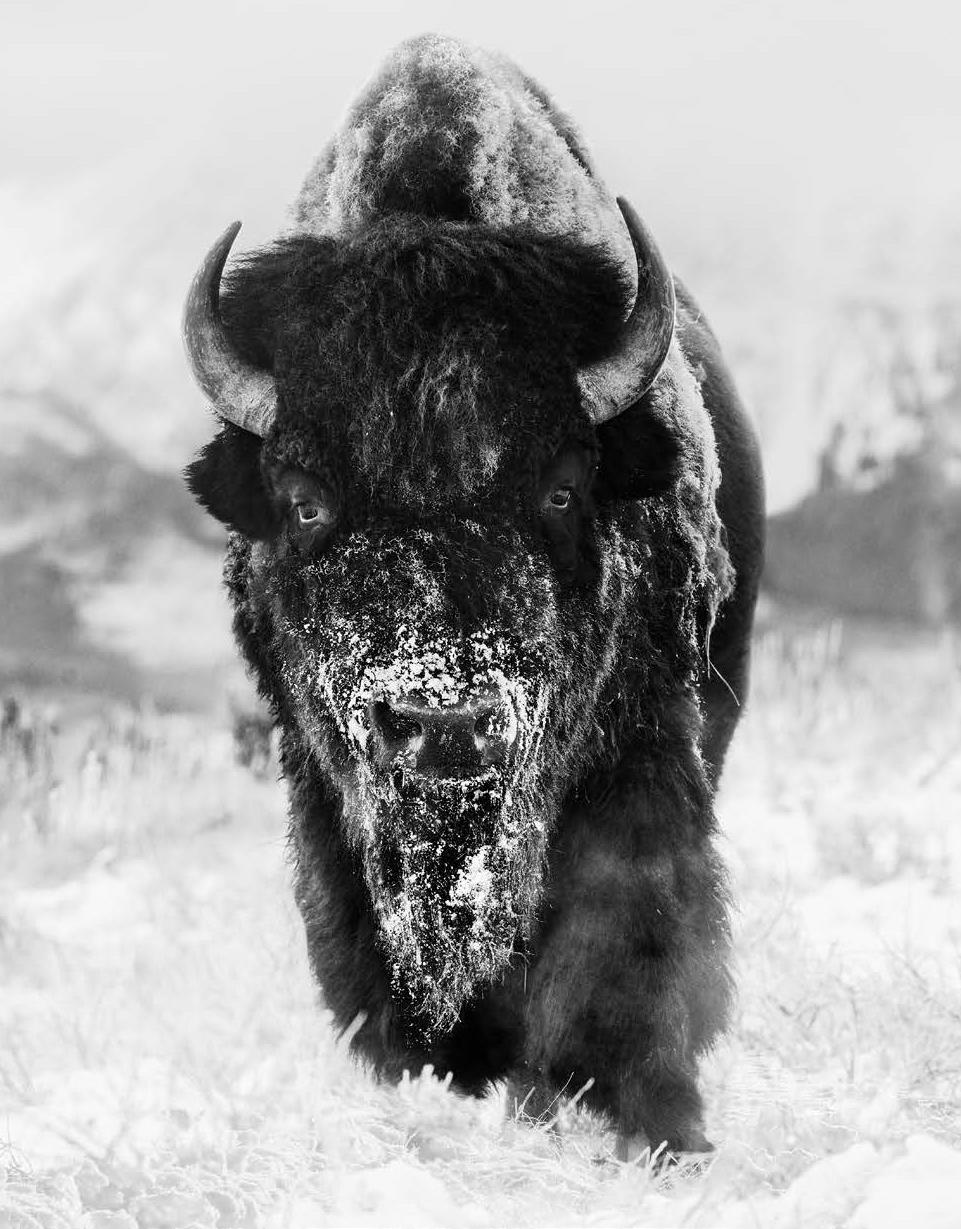
Archival Pigment Print
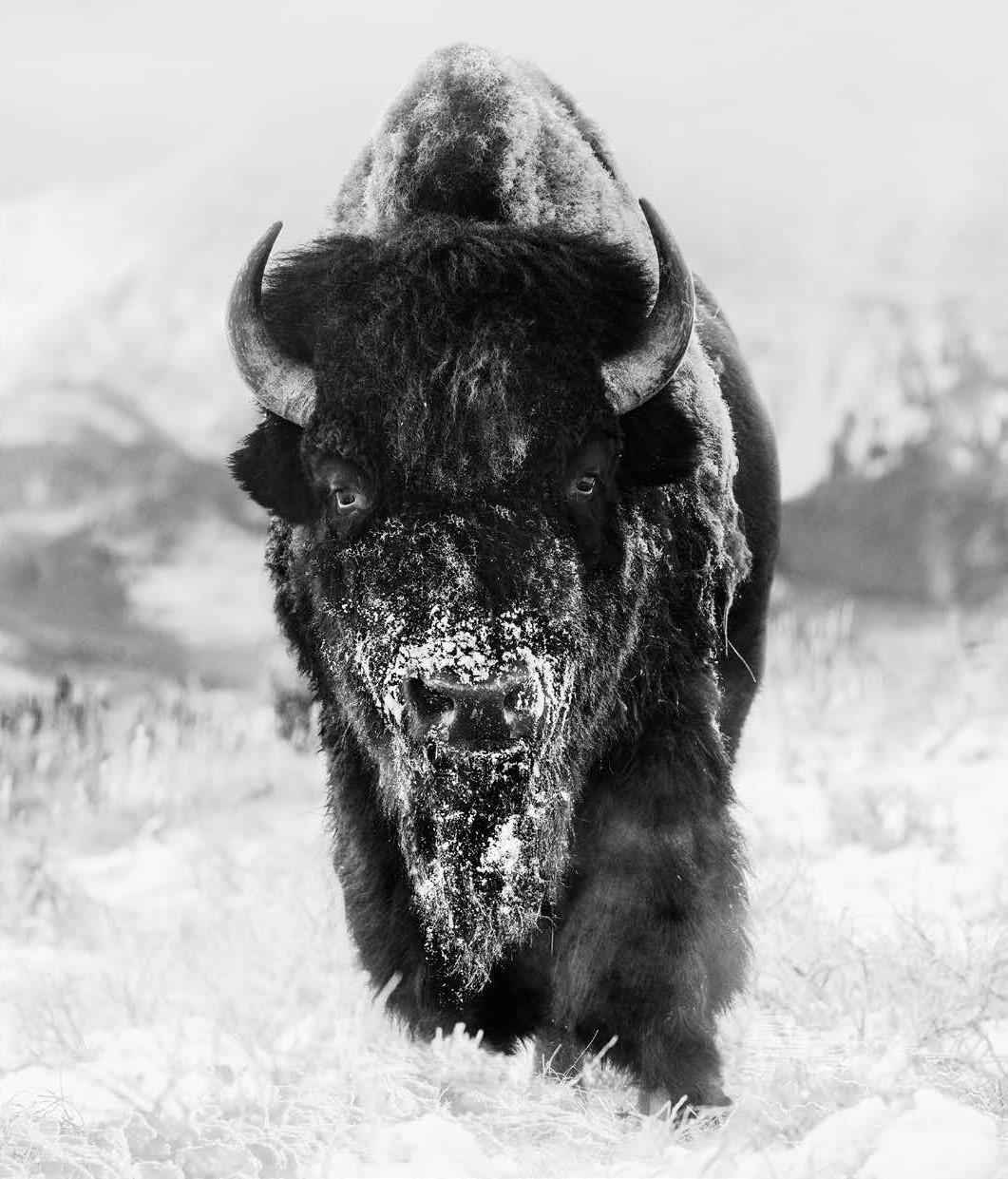
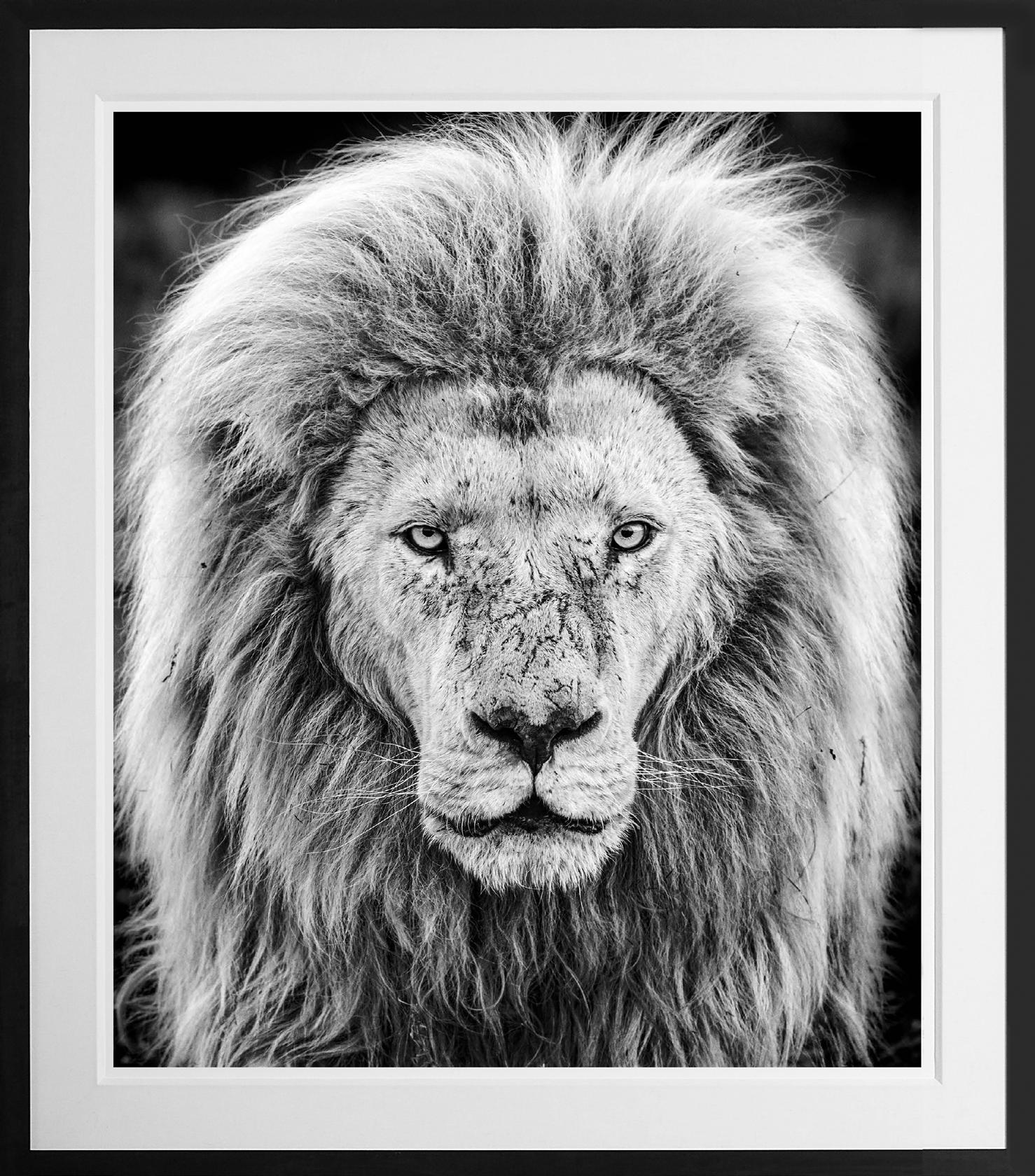
102 x 91 cm
Edition of 3 APs
DAVID YARROW THE SNOWMAN, 2023









































 RUSSELL YOUNG ELVIS HEARTBREAK HOTEL - SNOW WHITE, 2022
163 x 126 cm
RUSSELL YOUNG ELVIS HEARTBREAK HOTEL - SNOW WHITE, 2022
163 x 126 cm


 RUSSELL YOUNG
CHANEL DIPTYCH - POWDER BLUE, 2022
Acrylic, Oil based ink and Diamond Dust Hand Pulled Screenprint on Linen 164 x 243 cm
RUSSELL YOUNG
CHANEL DIPTYCH - POWDER BLUE, 2022
Acrylic, Oil based ink and Diamond Dust Hand Pulled Screenprint on Linen 164 x 243 cm








 DAMIEN HIRST
DAMIEN HIRST



















 DAVID SHRIGLEY WINE, 2021
DAVID SHRIGLEY WINE, 2021



 HARLAND MILLER ACE, 2019
HARLAND MILLER ACE, 2019










 © Christian Wickler
© Christian Wickler
















 TERRY O’NEILL AMY WINEHOUSE, HYDE PARK, 2008
TERRY O’NEILL AMY WINEHOUSE, HYDE PARK, 2008




 DAVID YARROW
DAVID YARROW

 DAVID YARROW
DAVID YARROW


 DAVID YARROW
DAVID YARROW



















